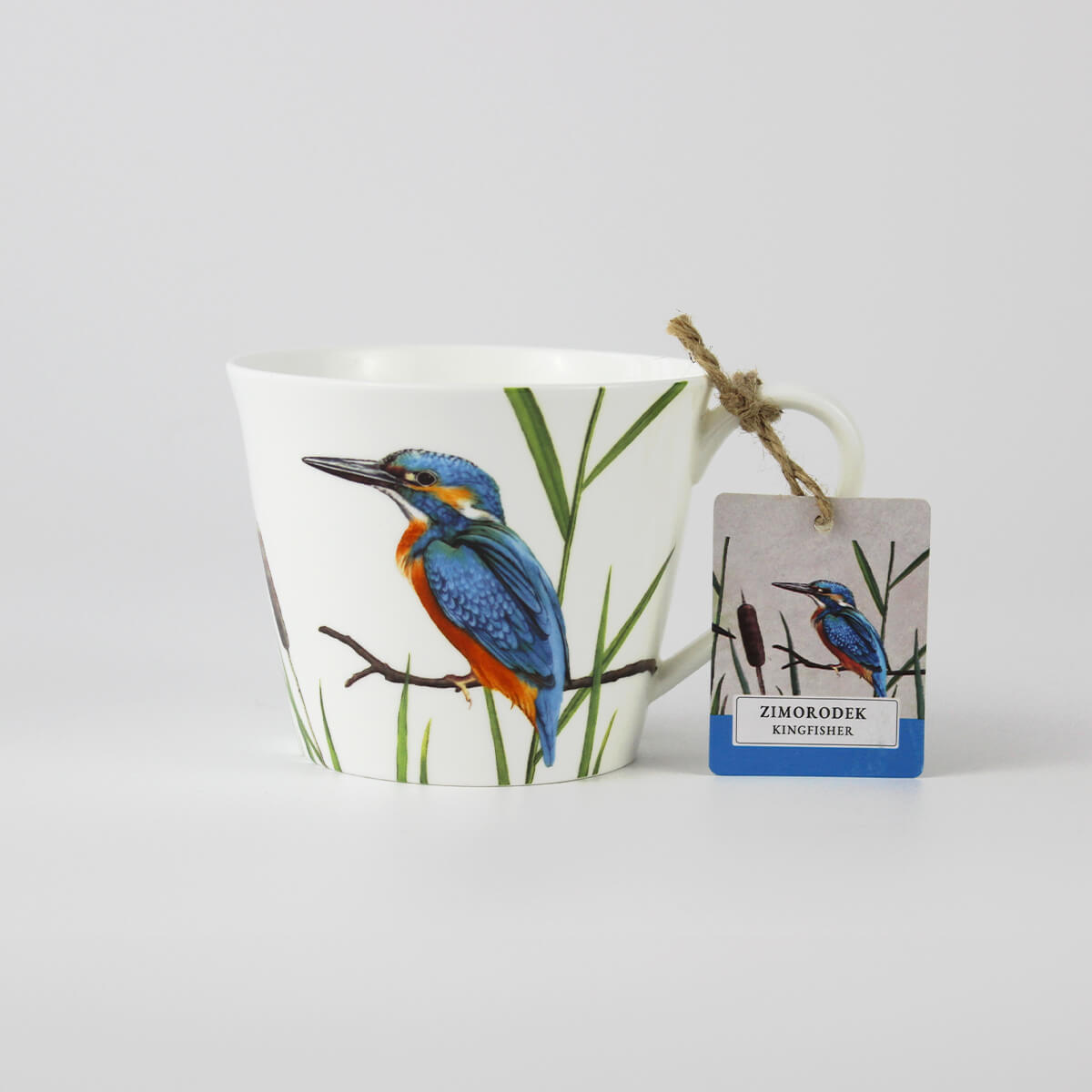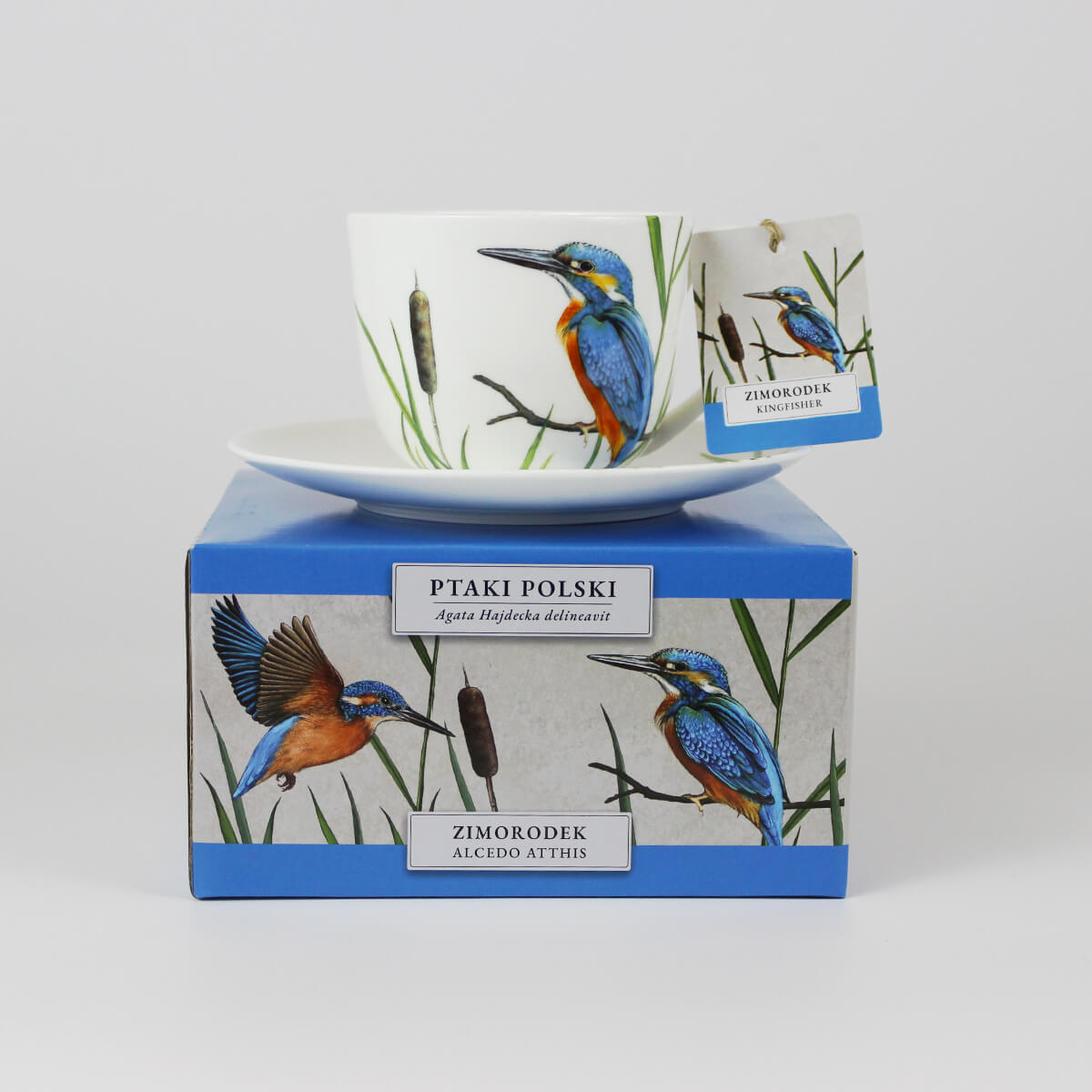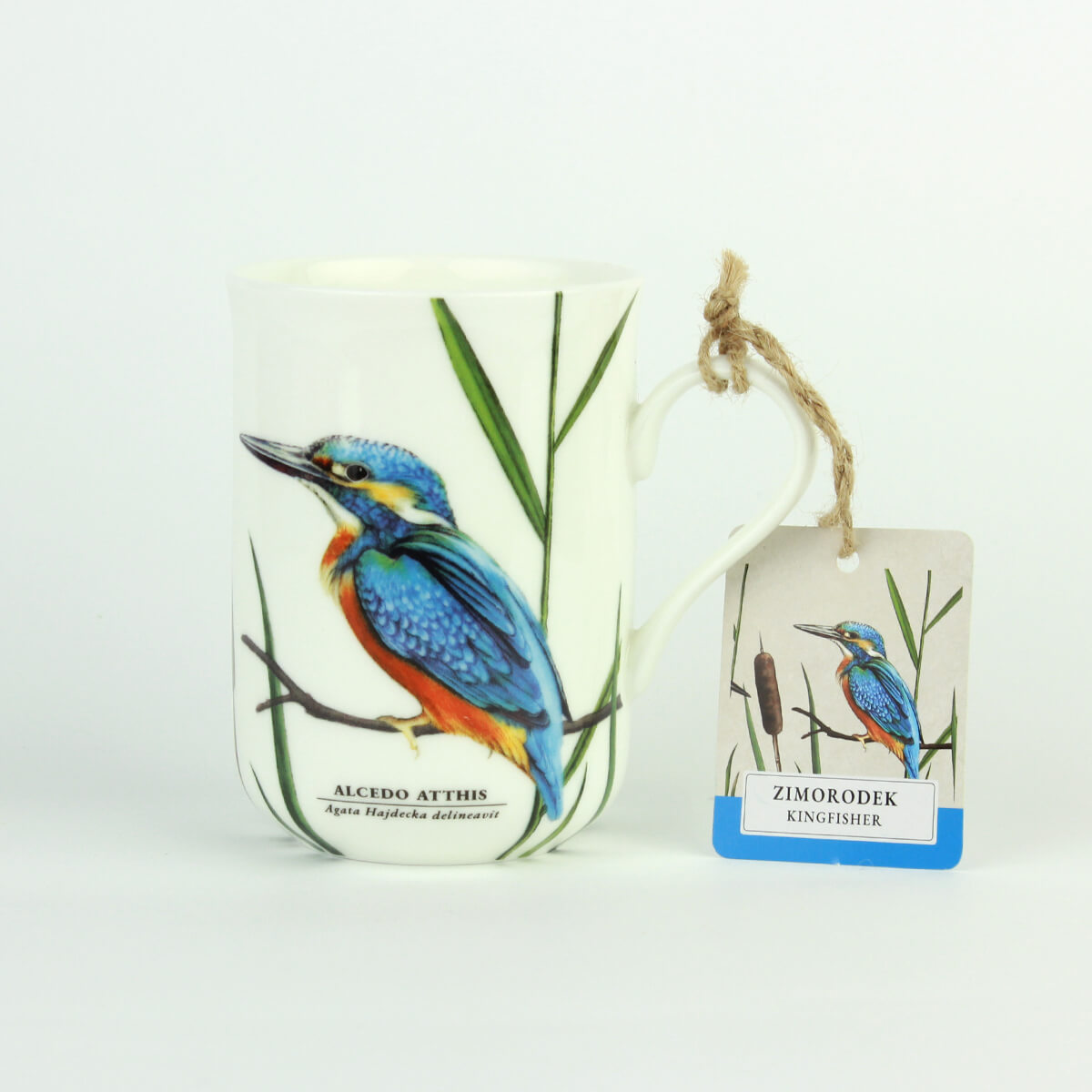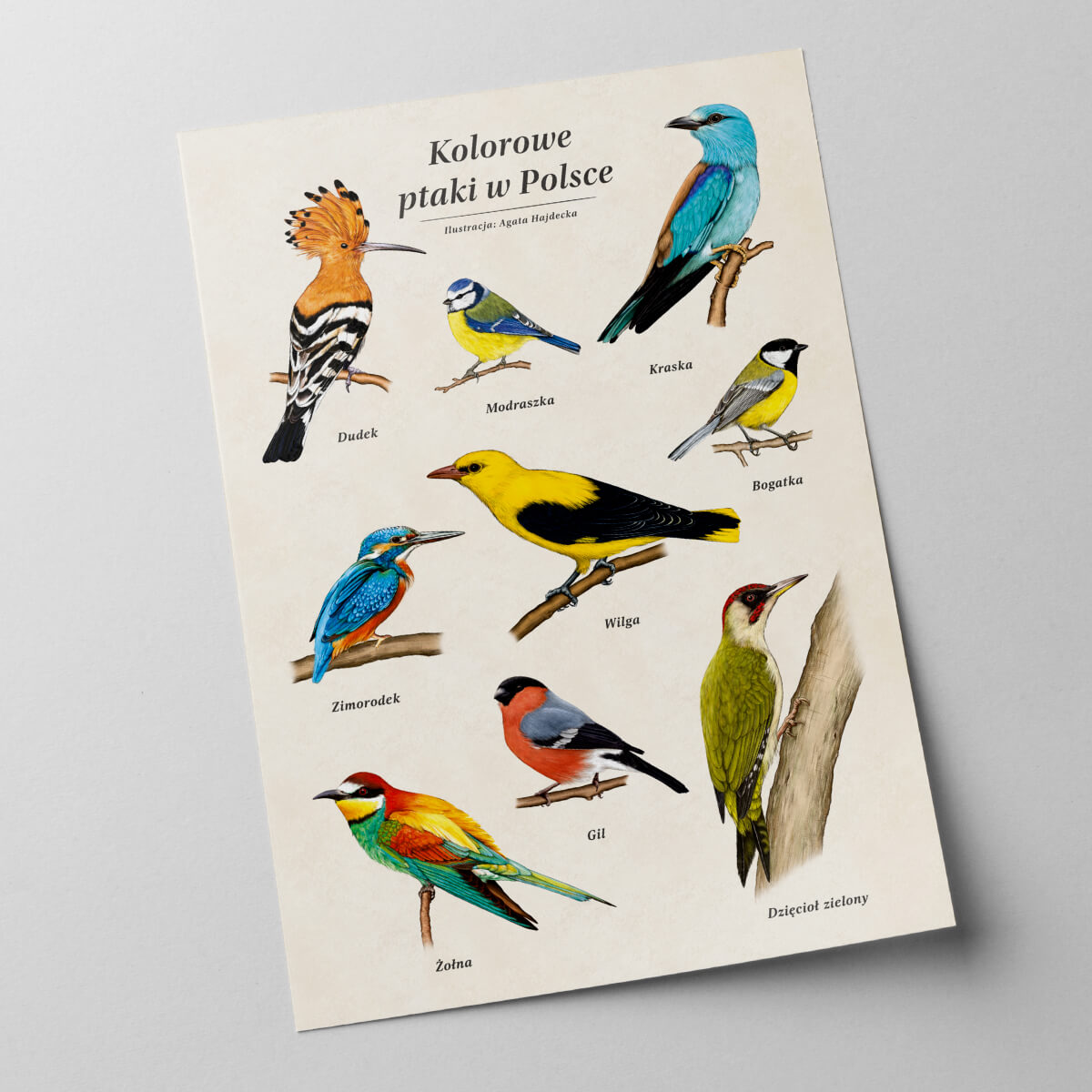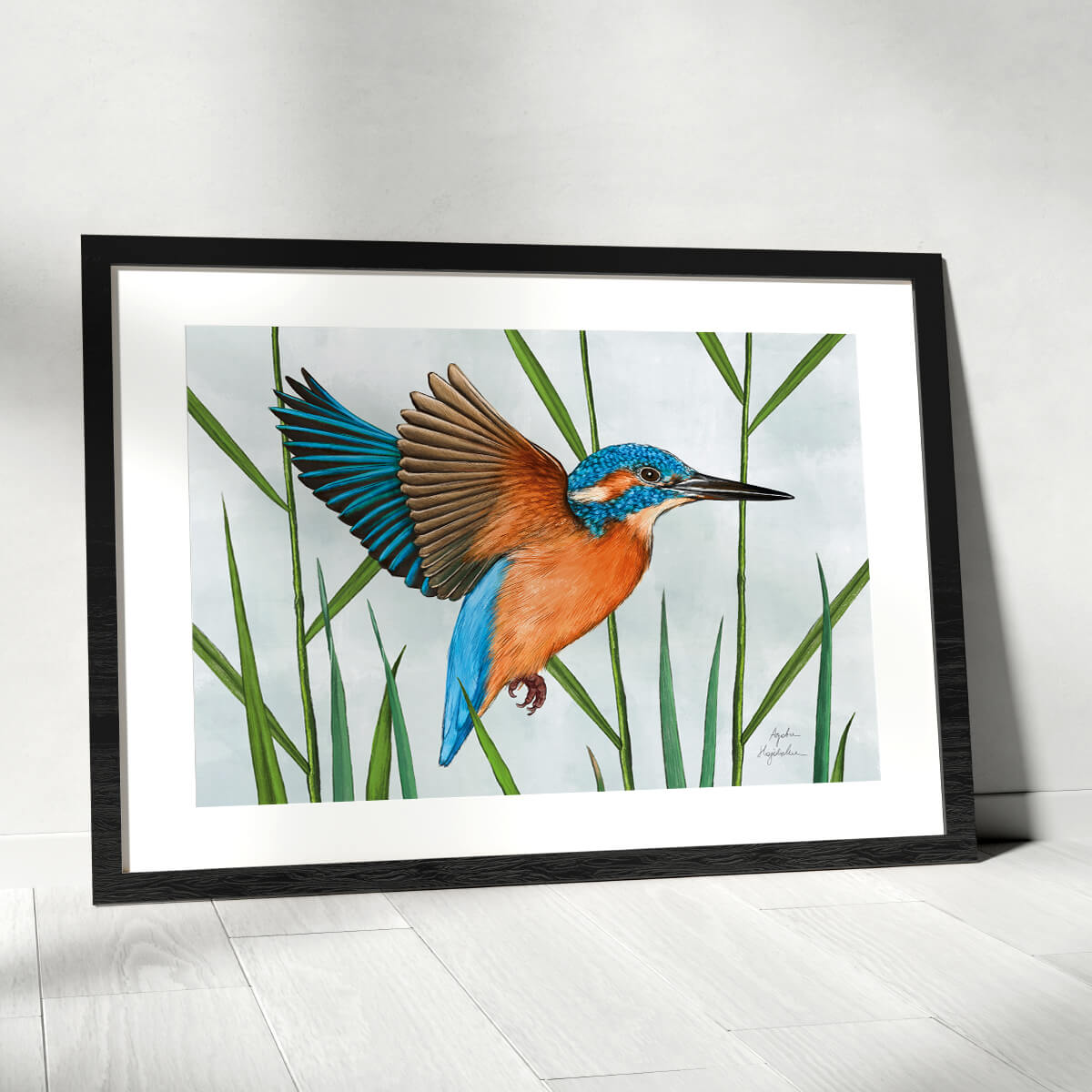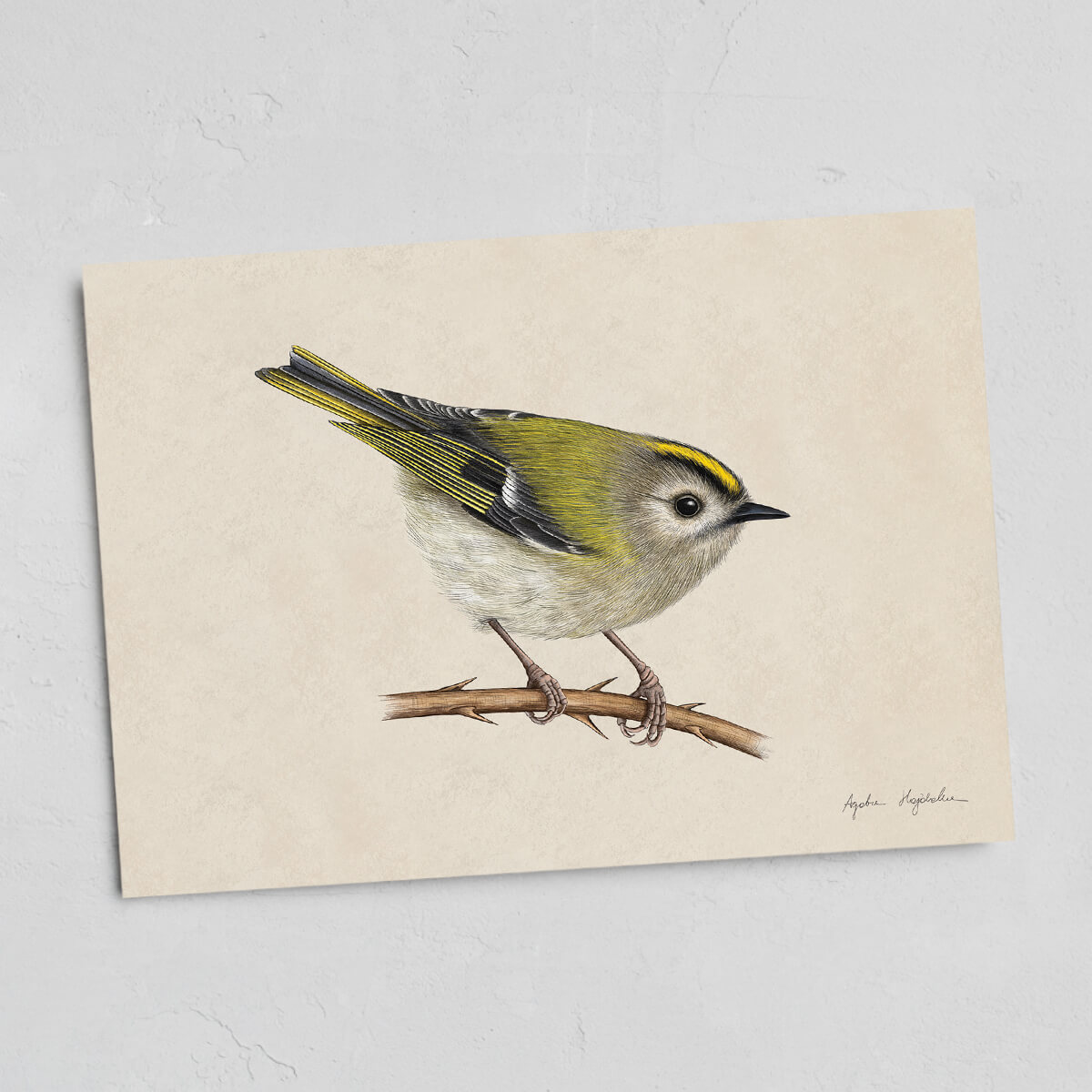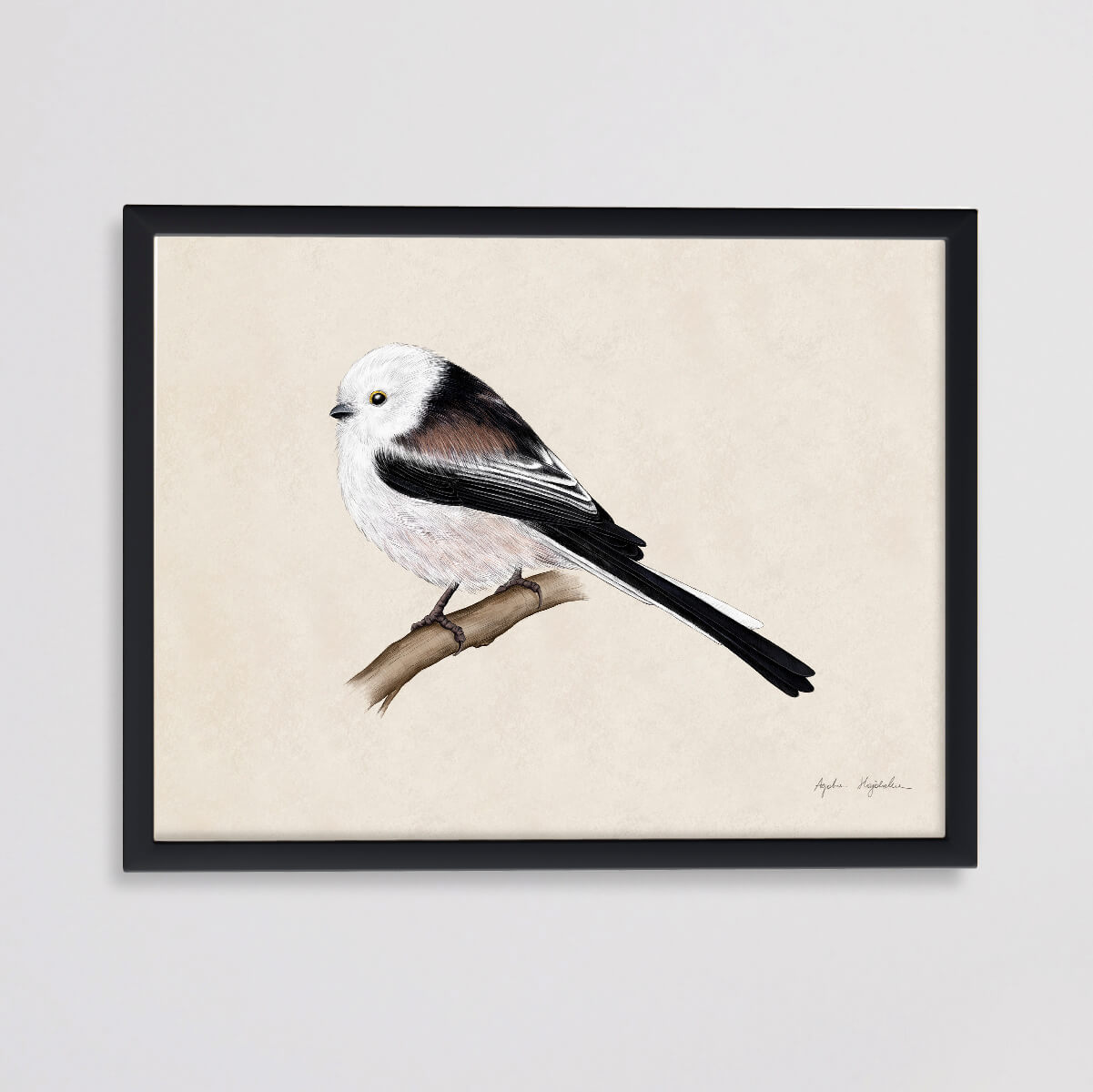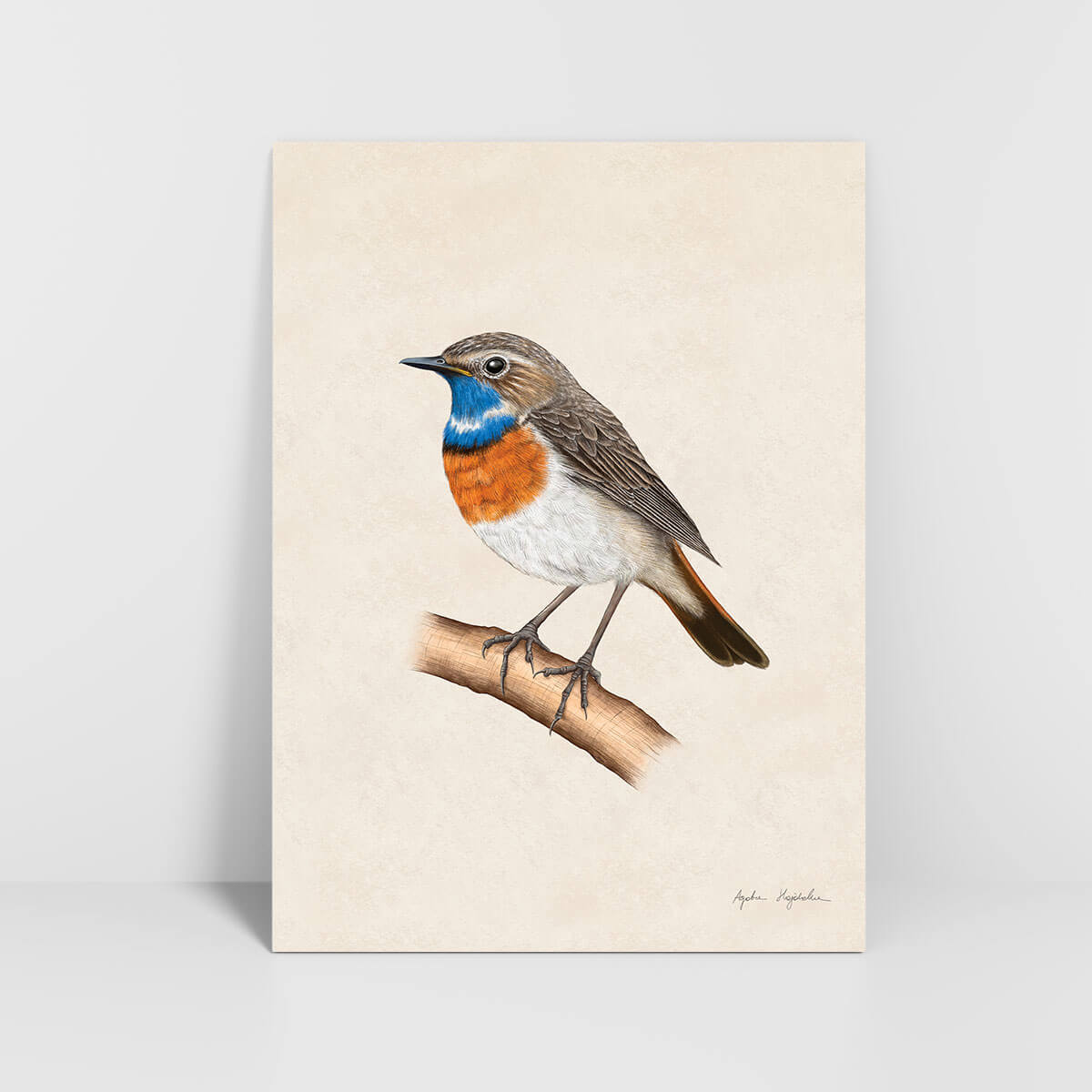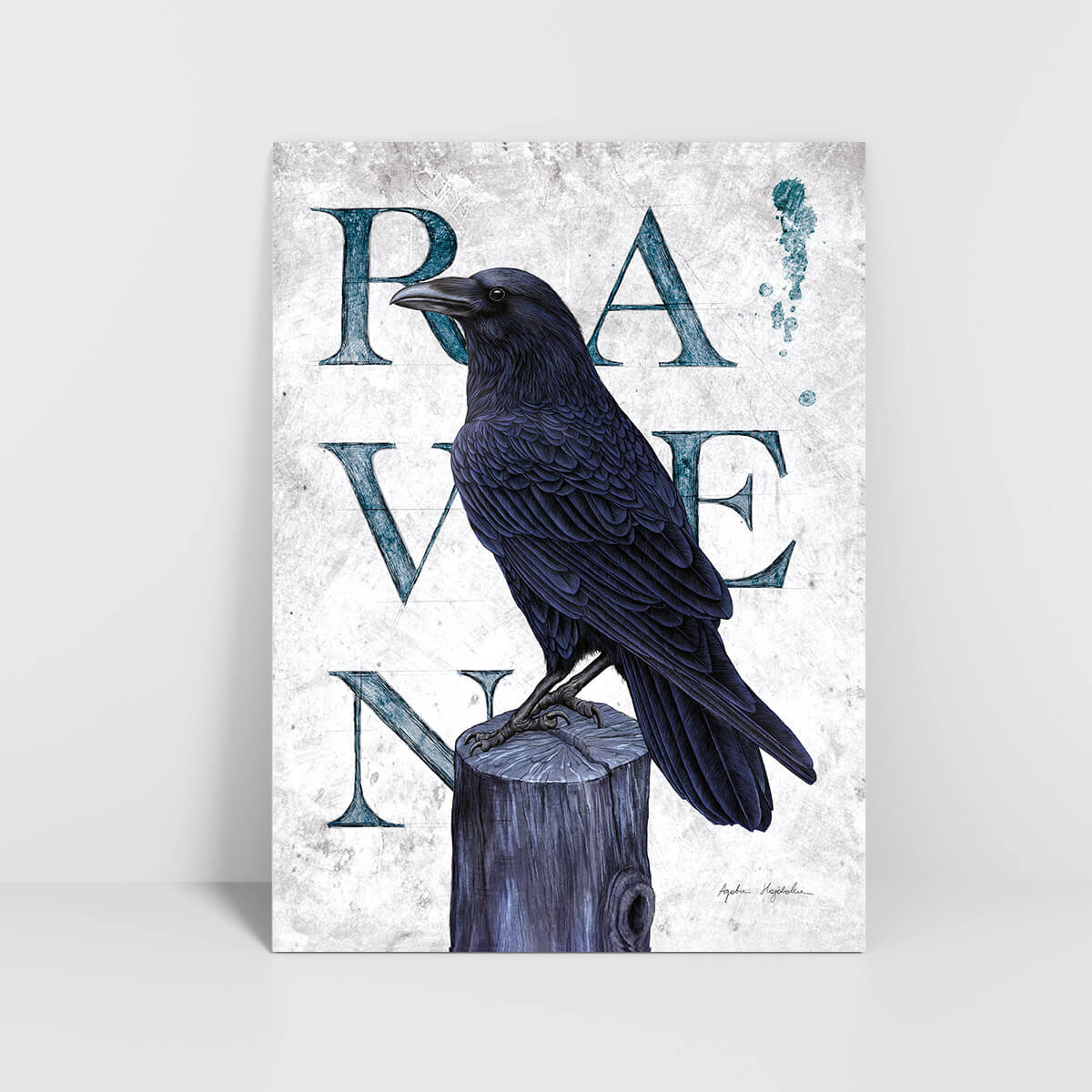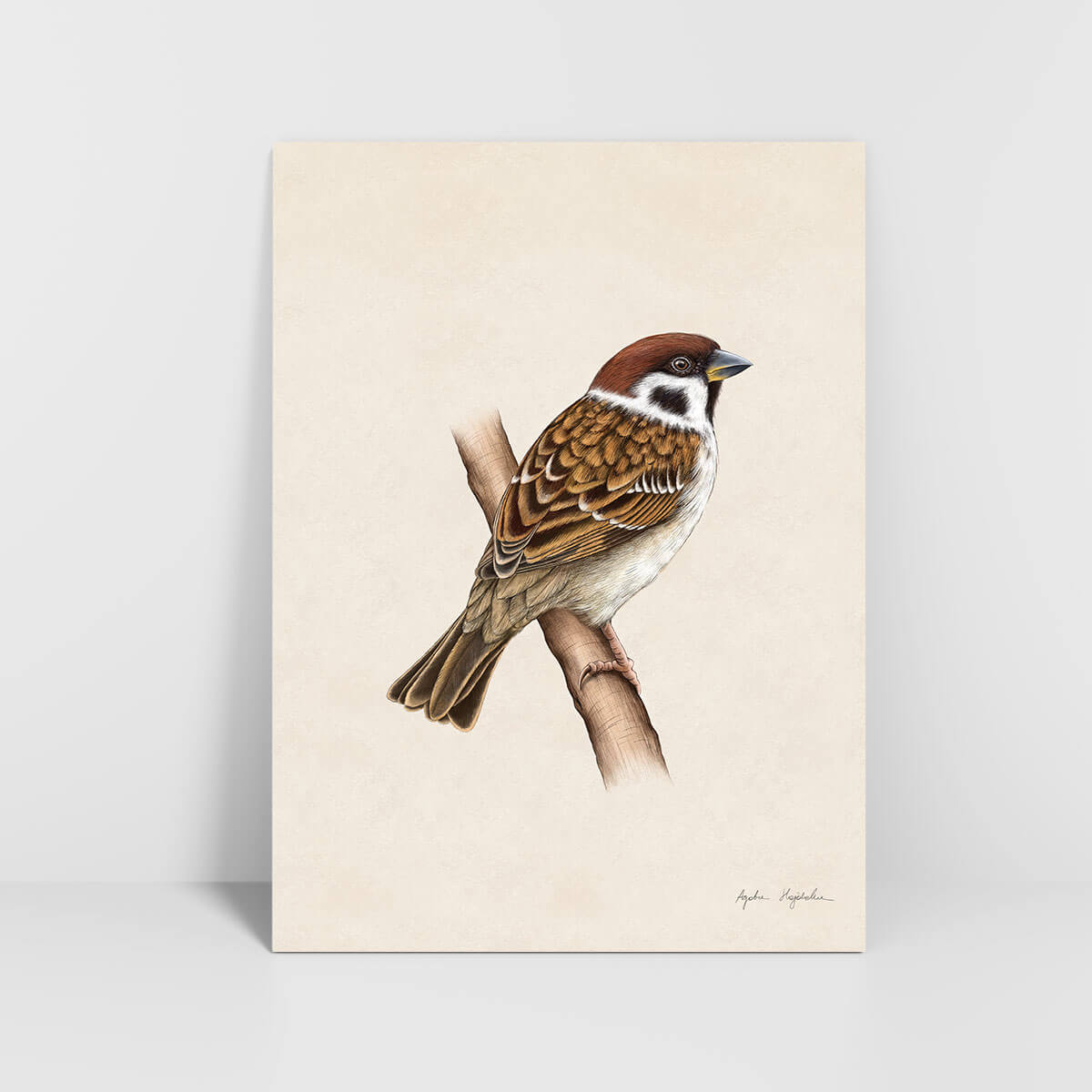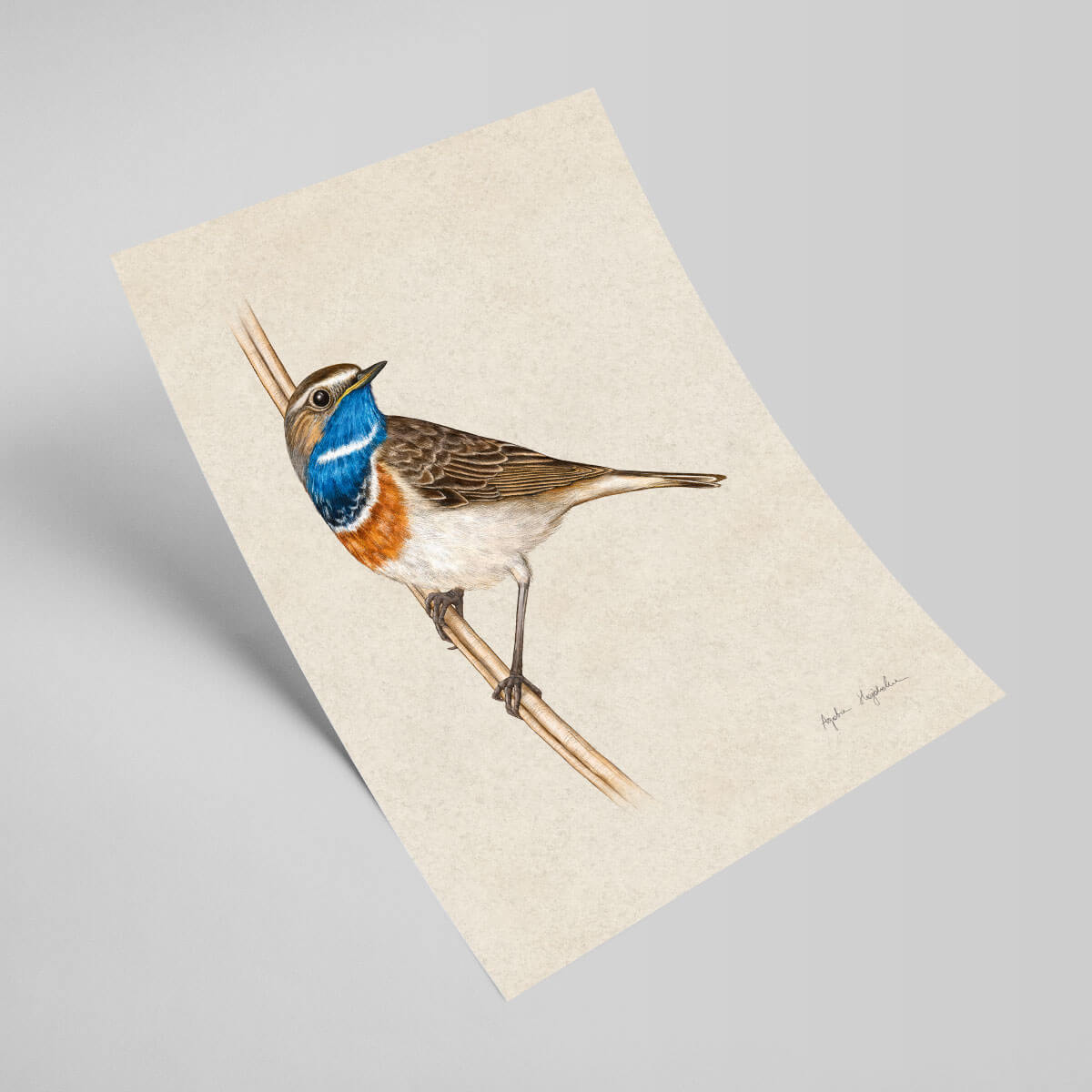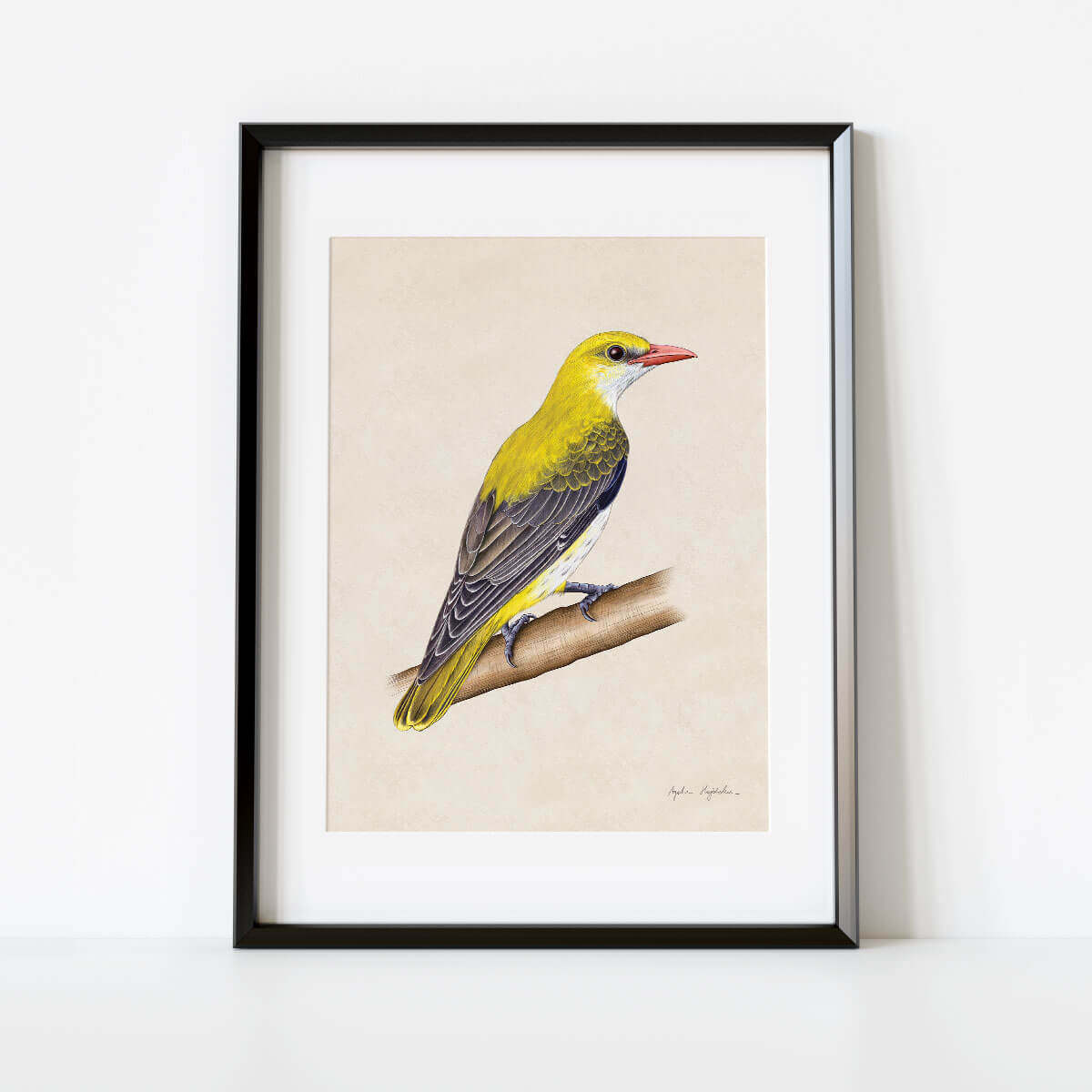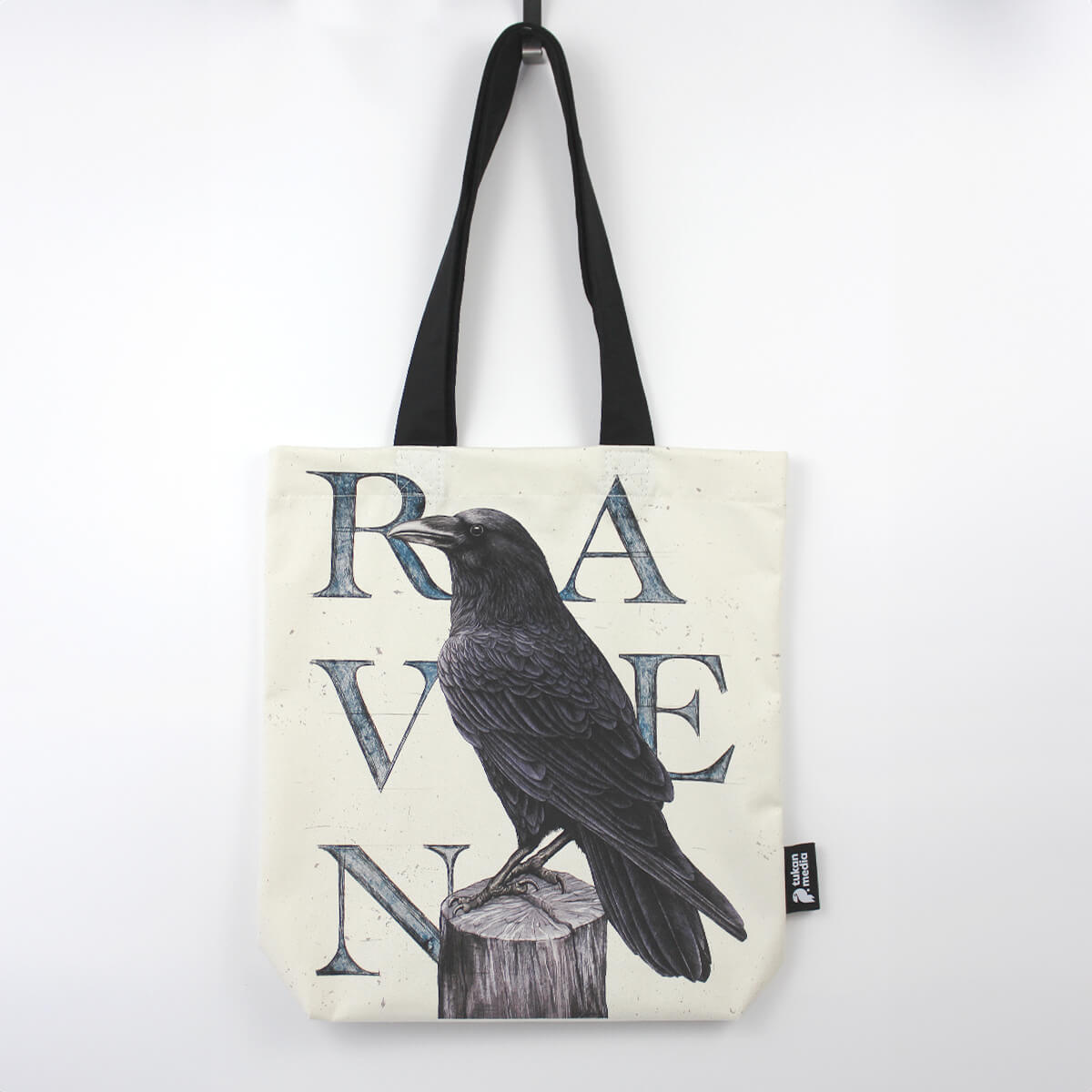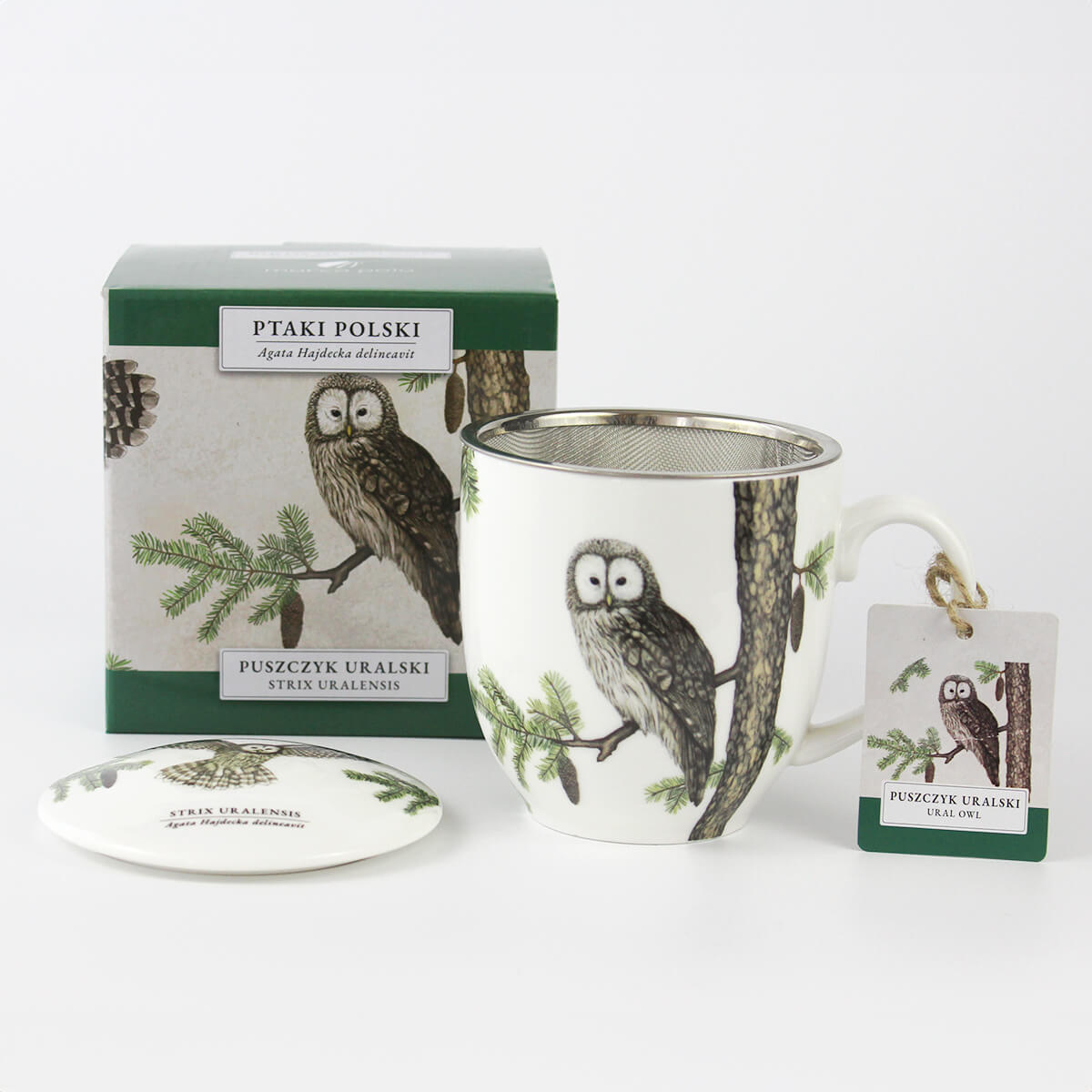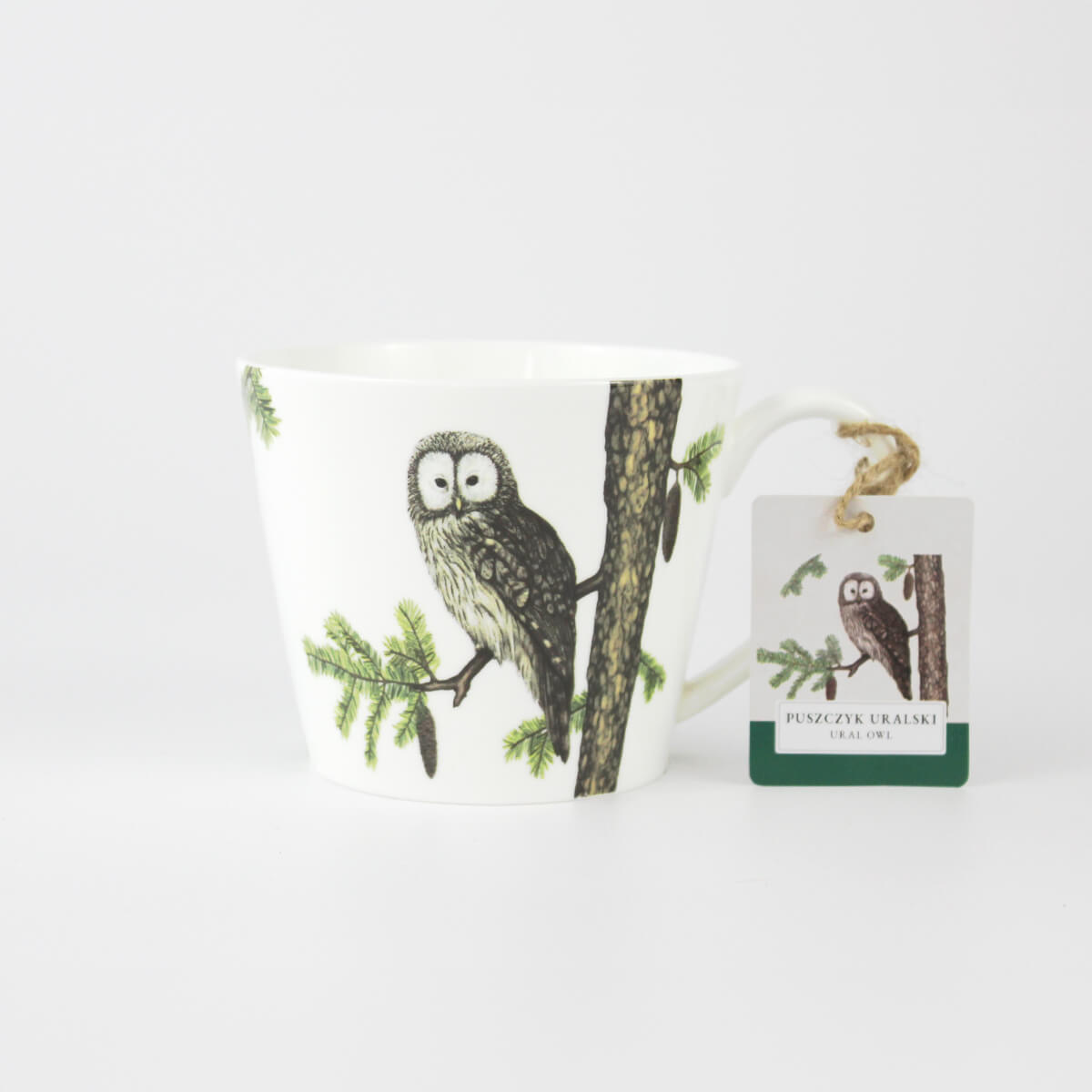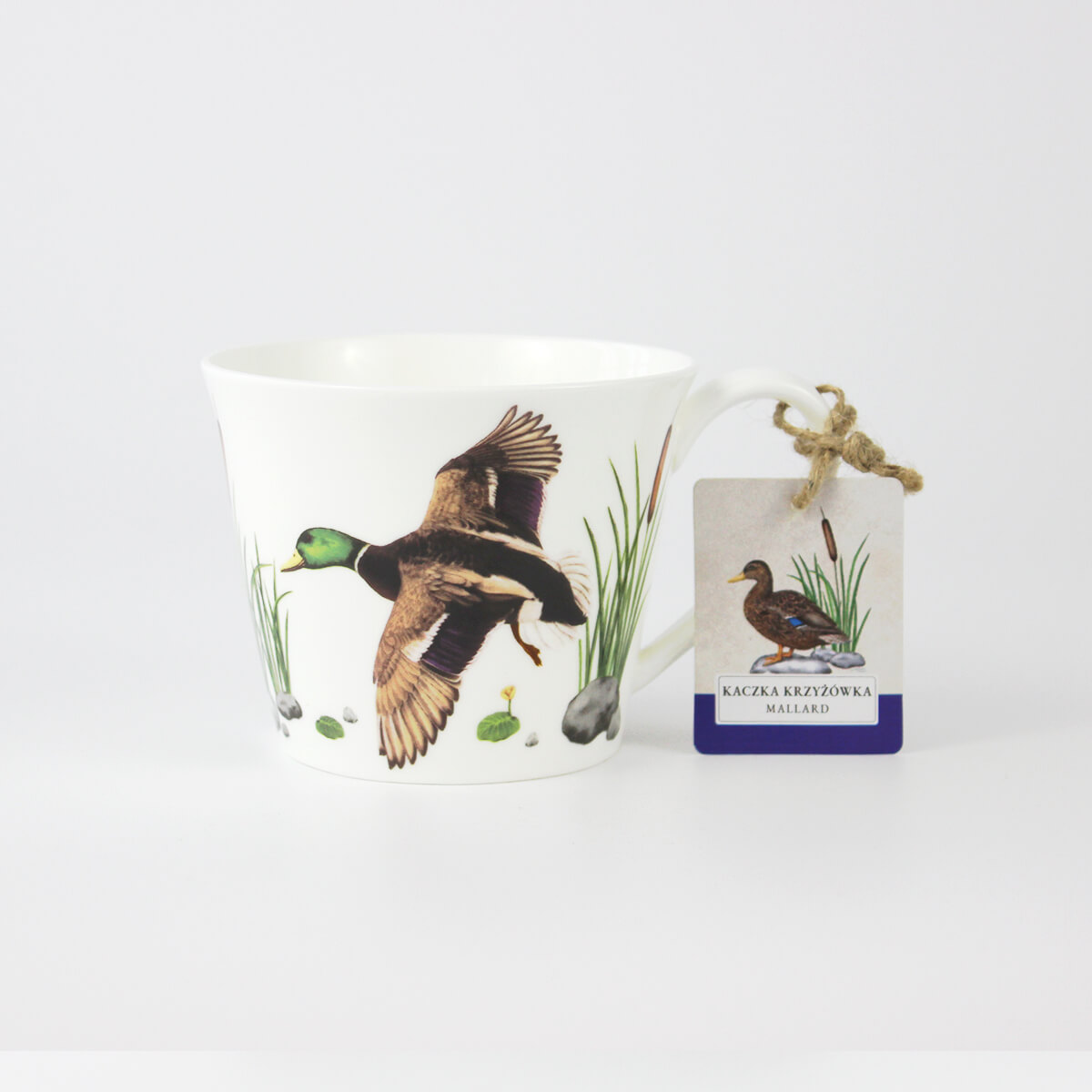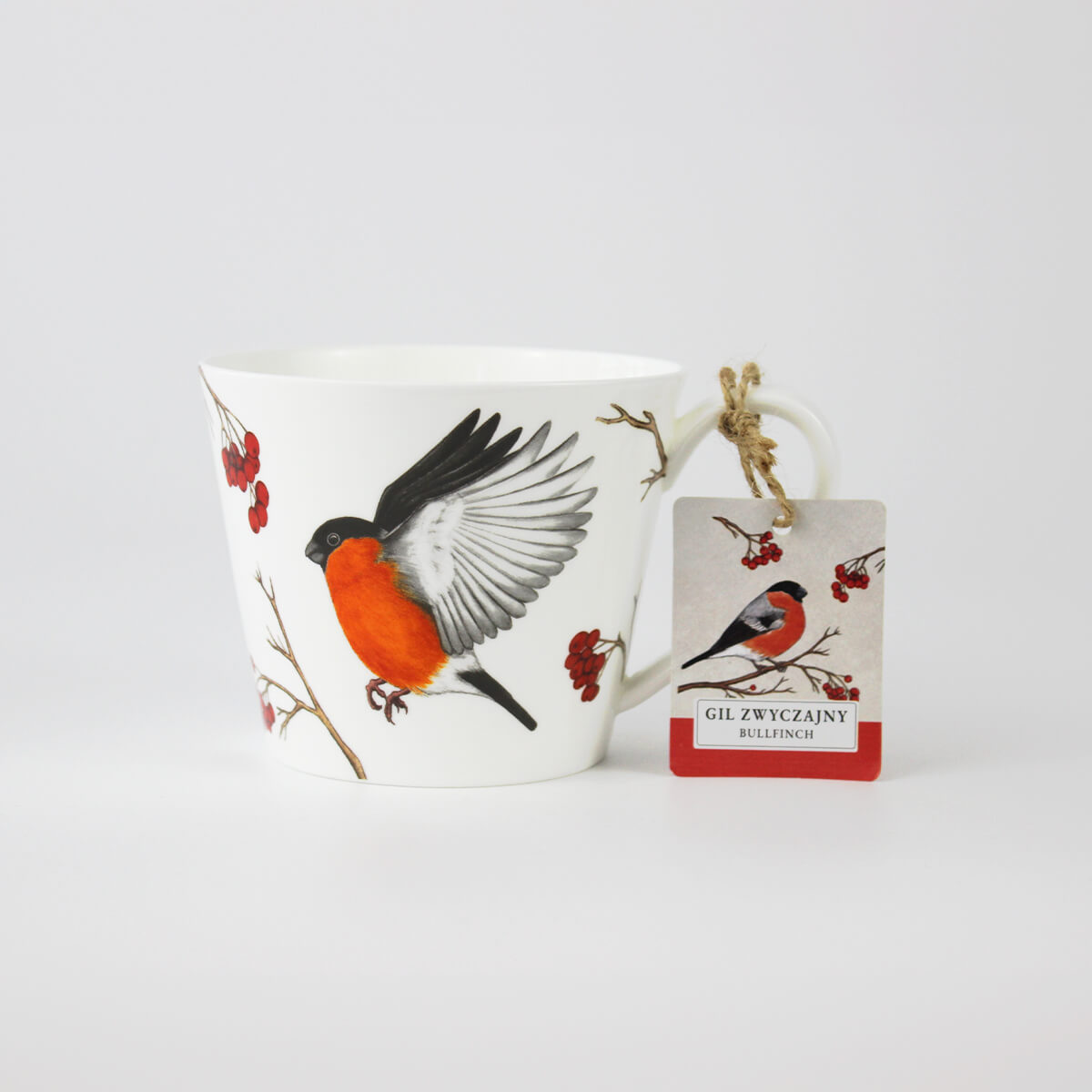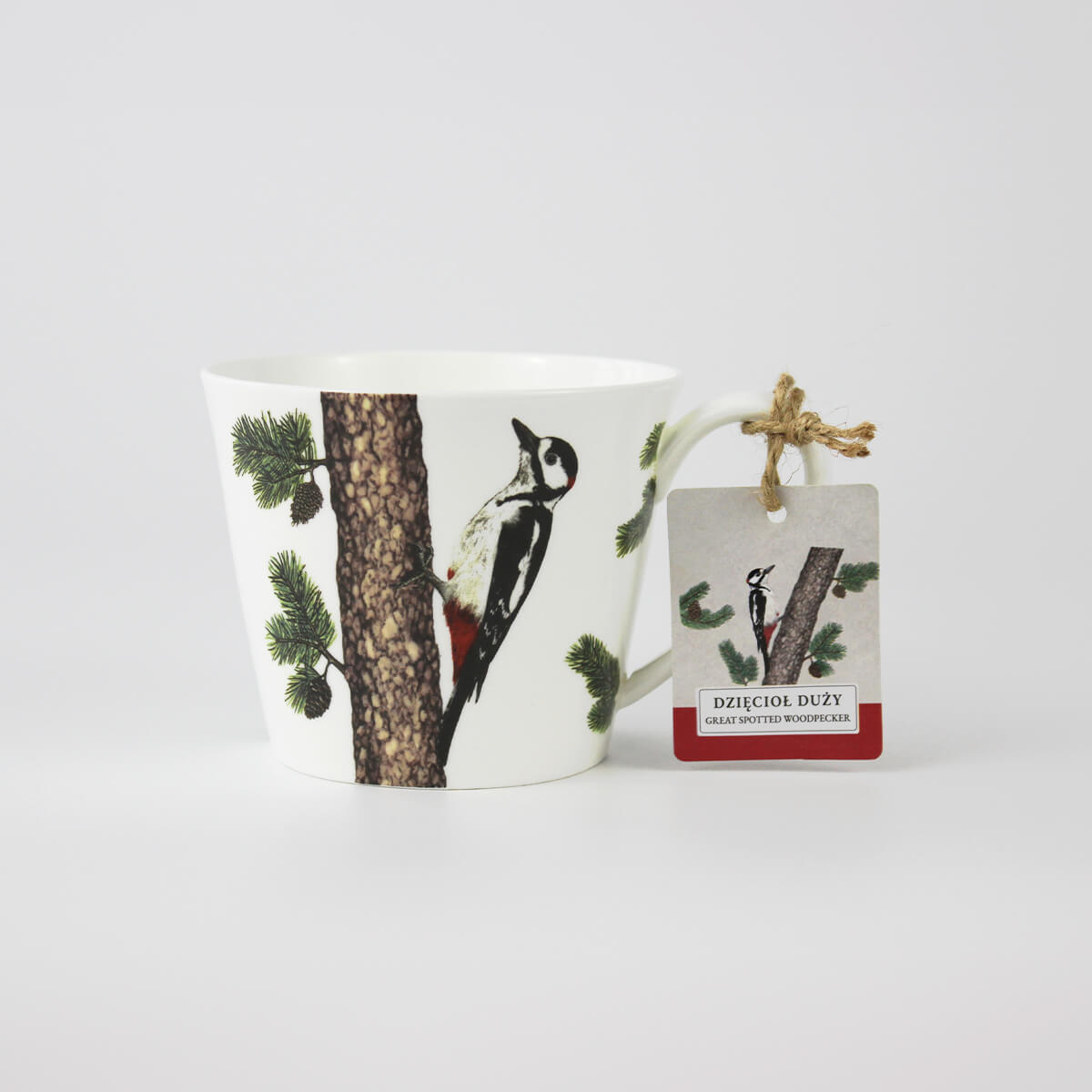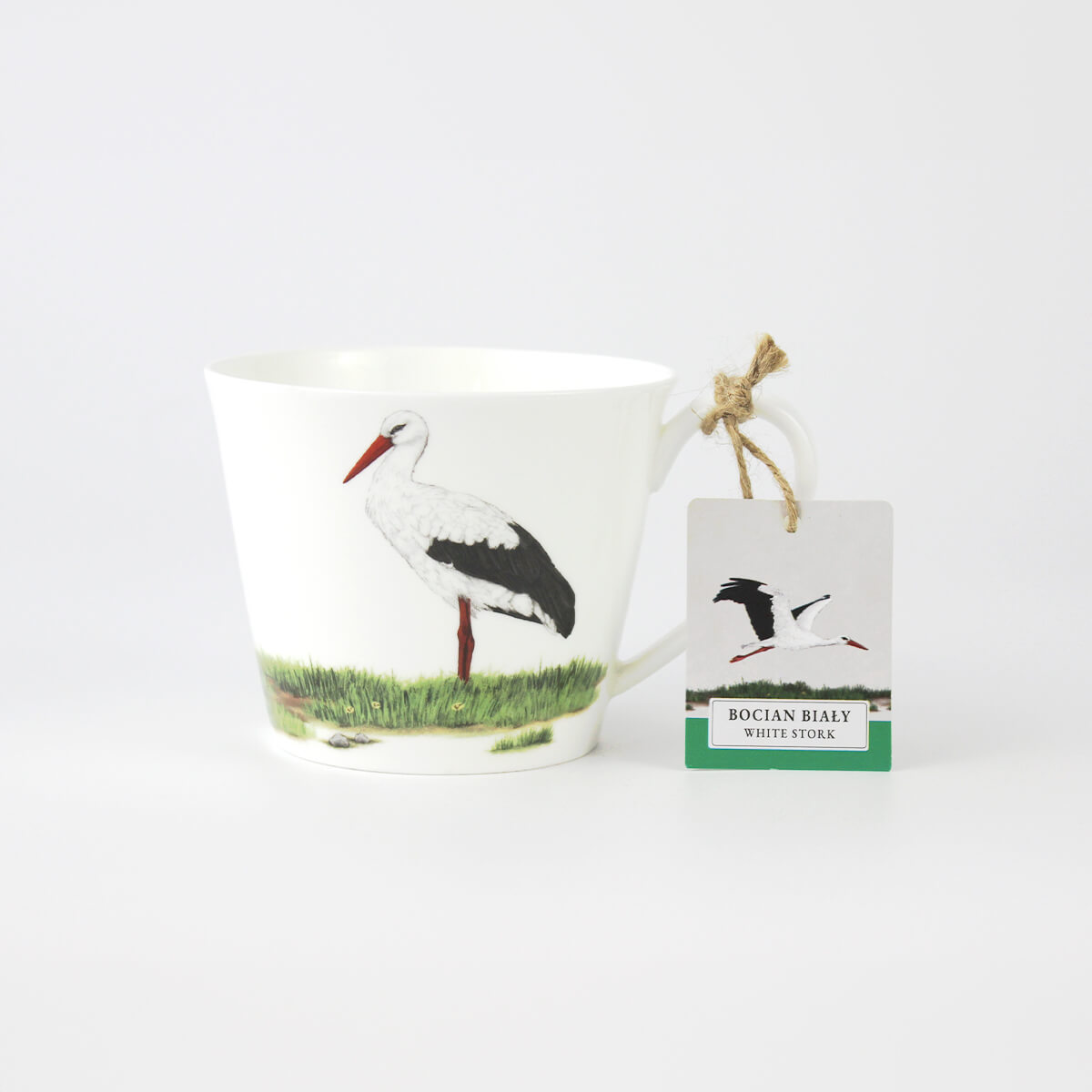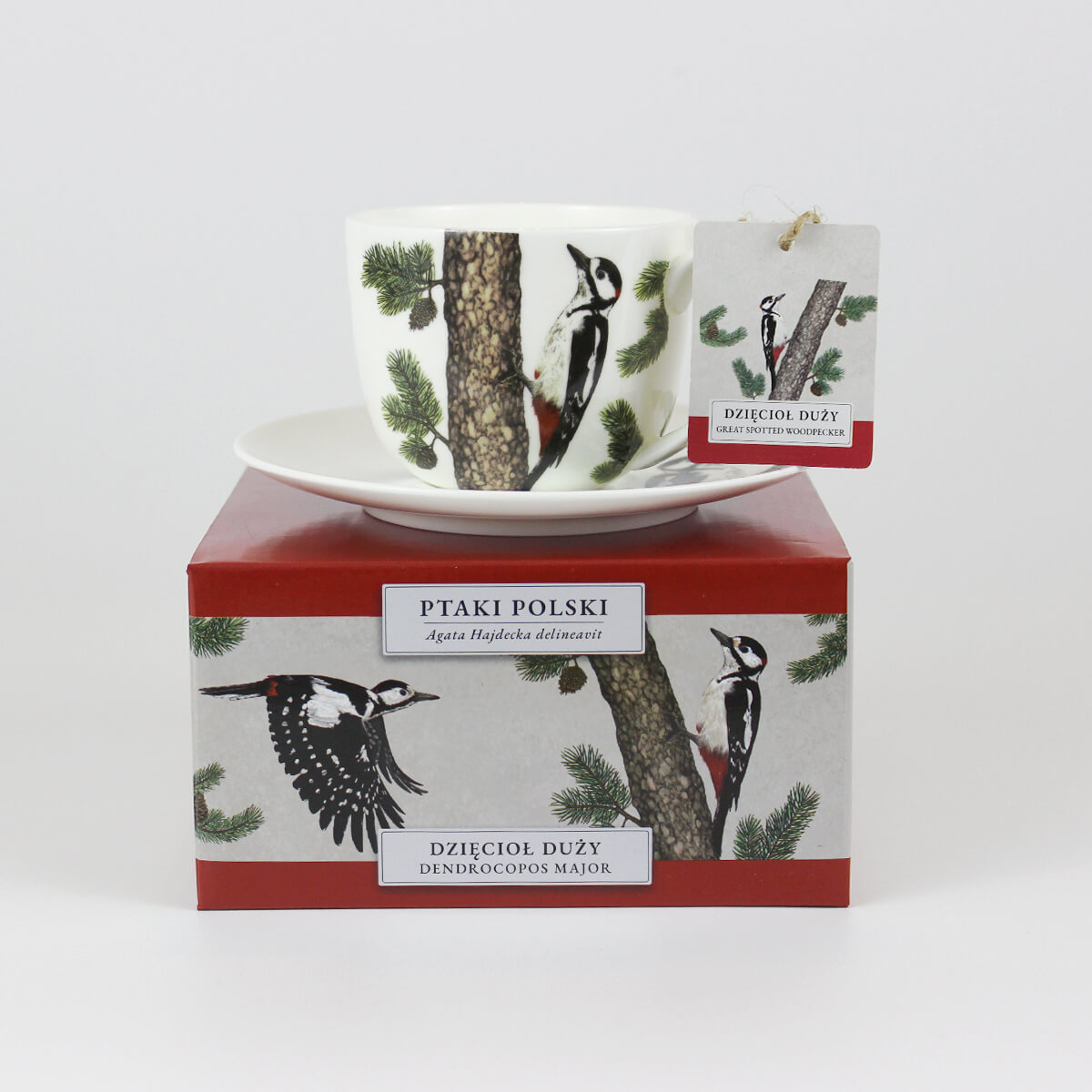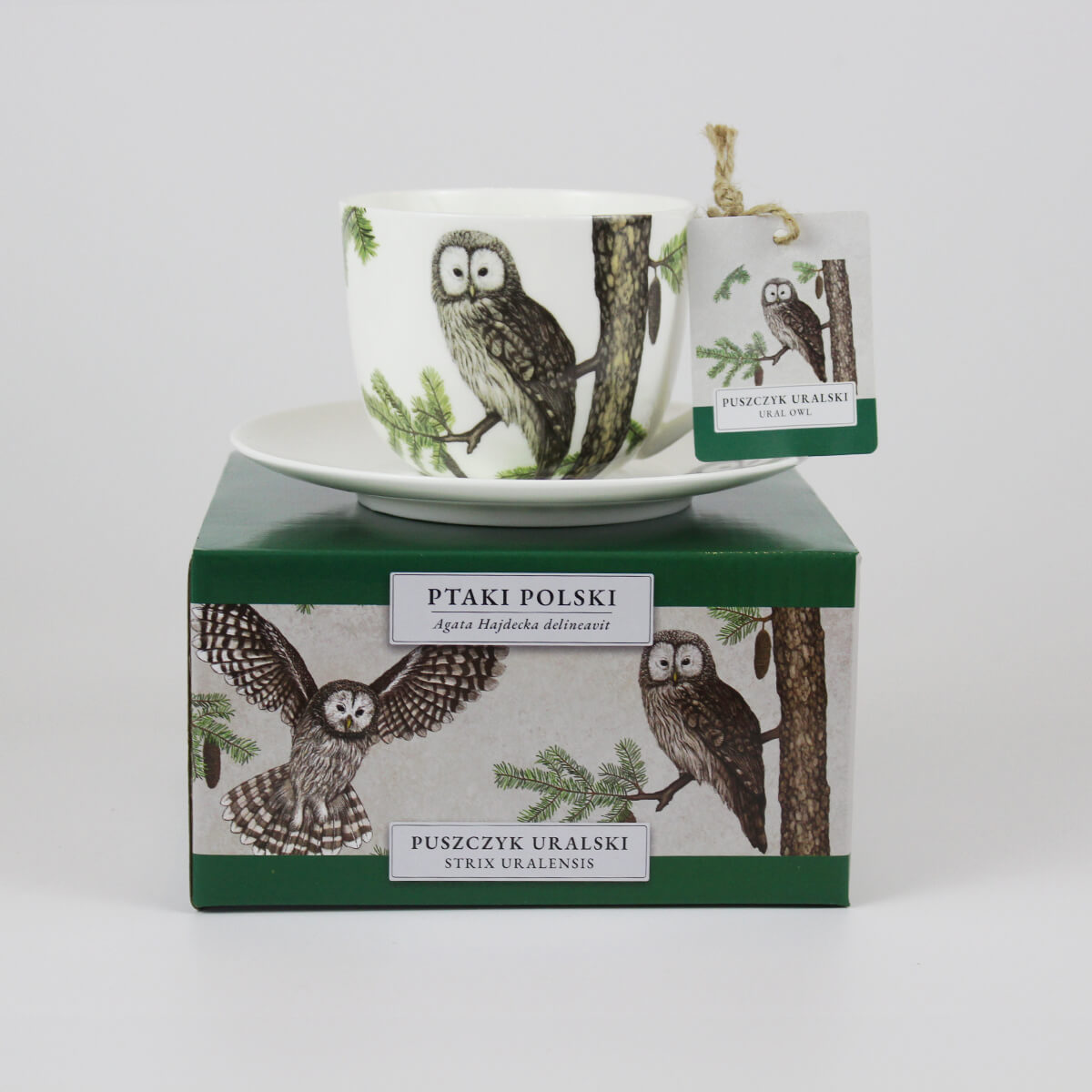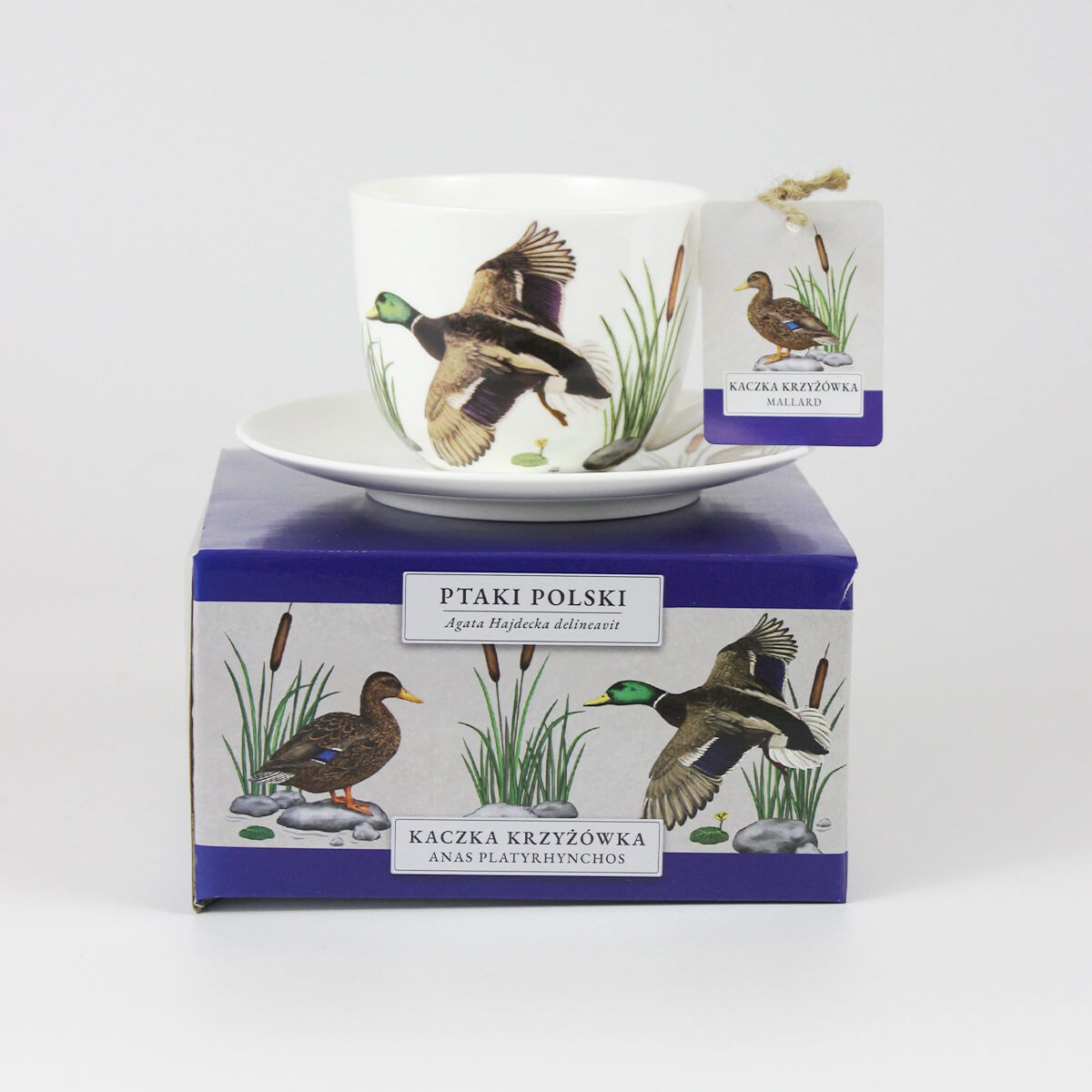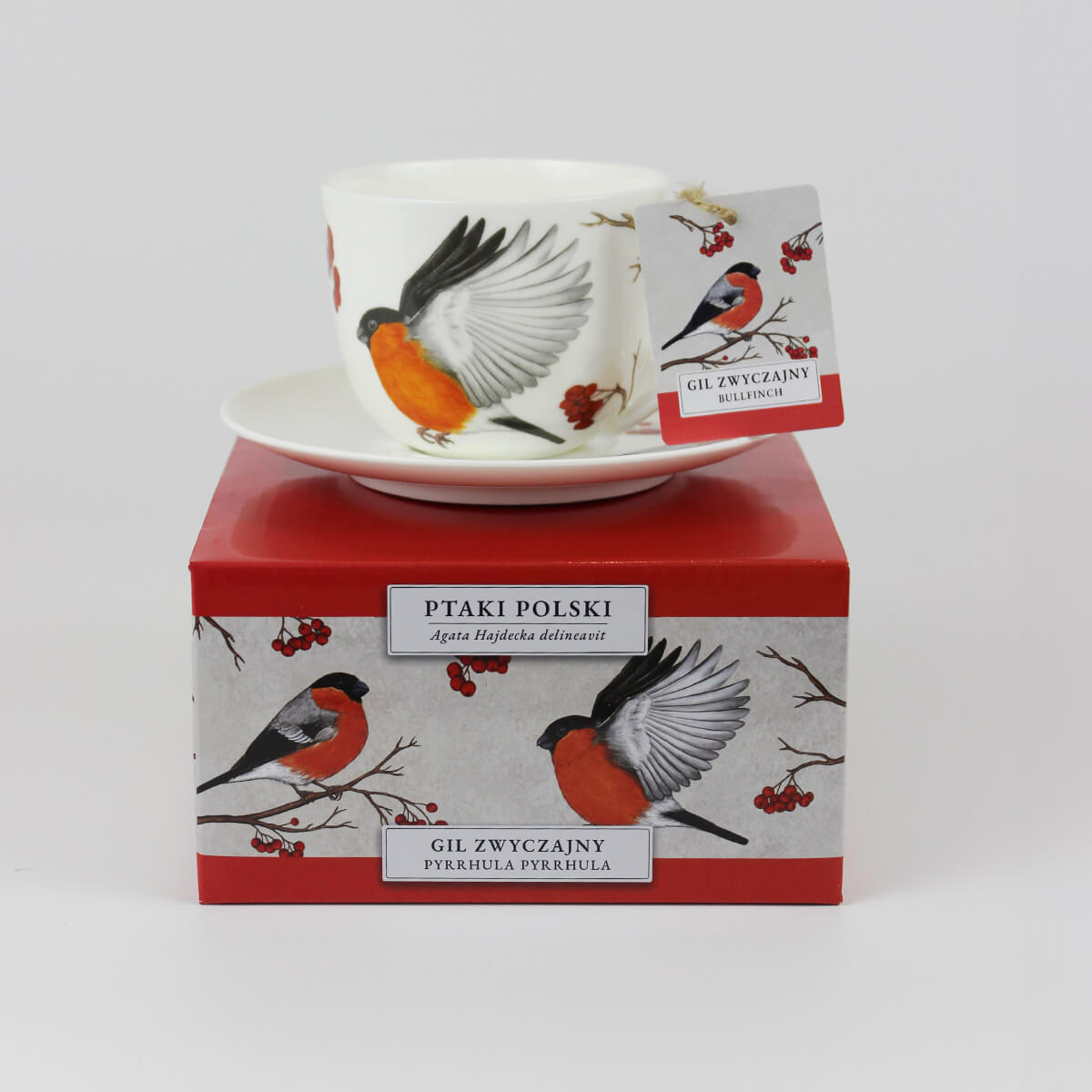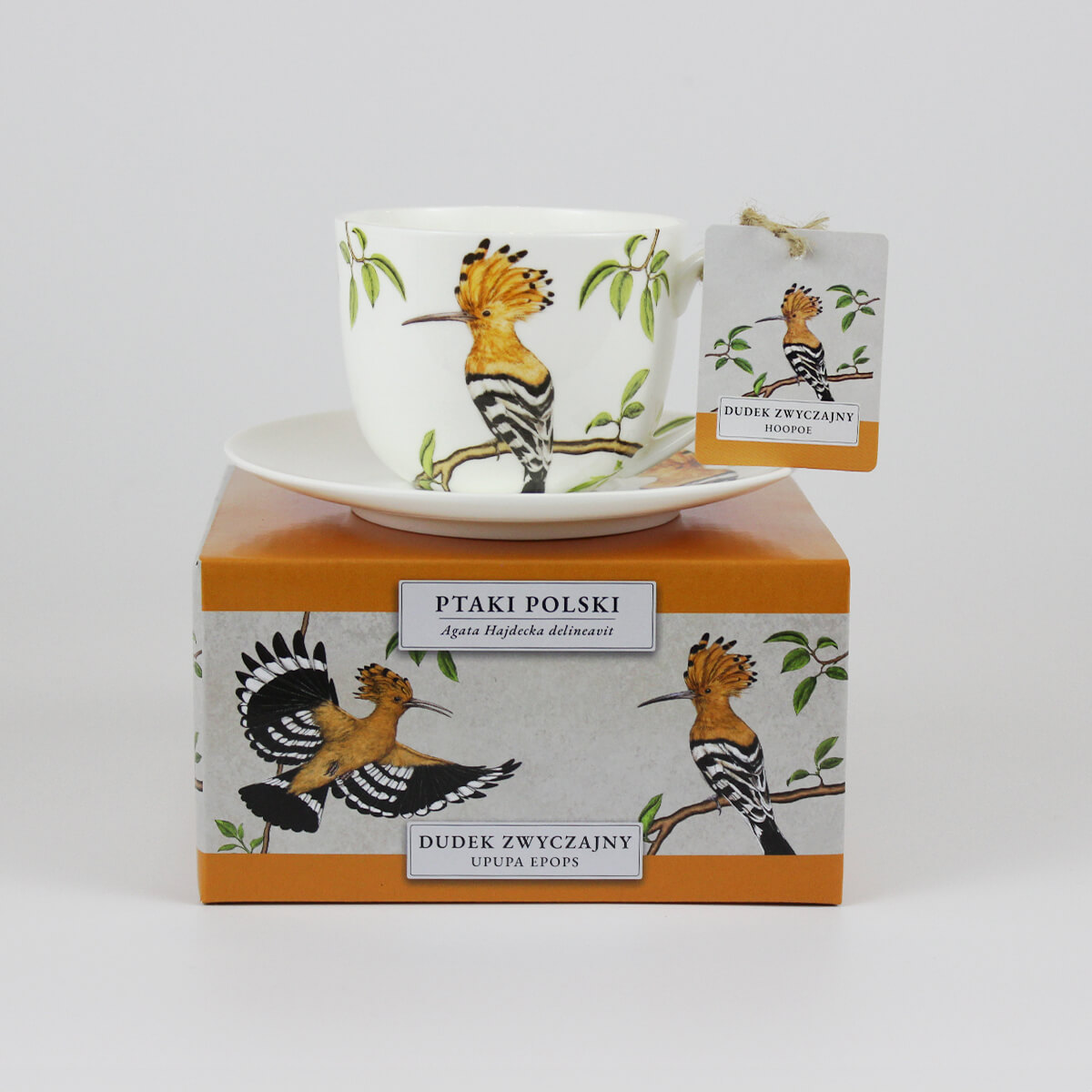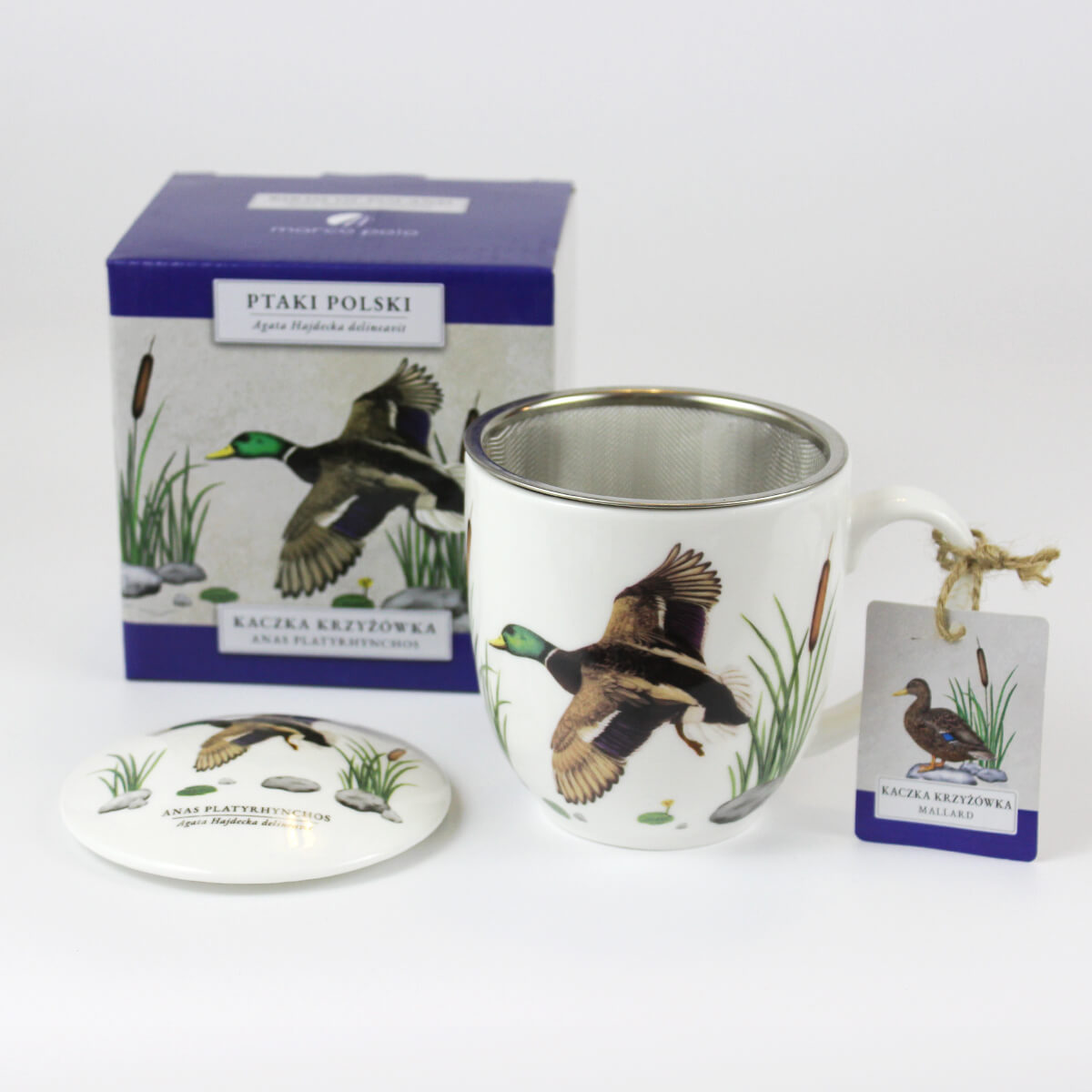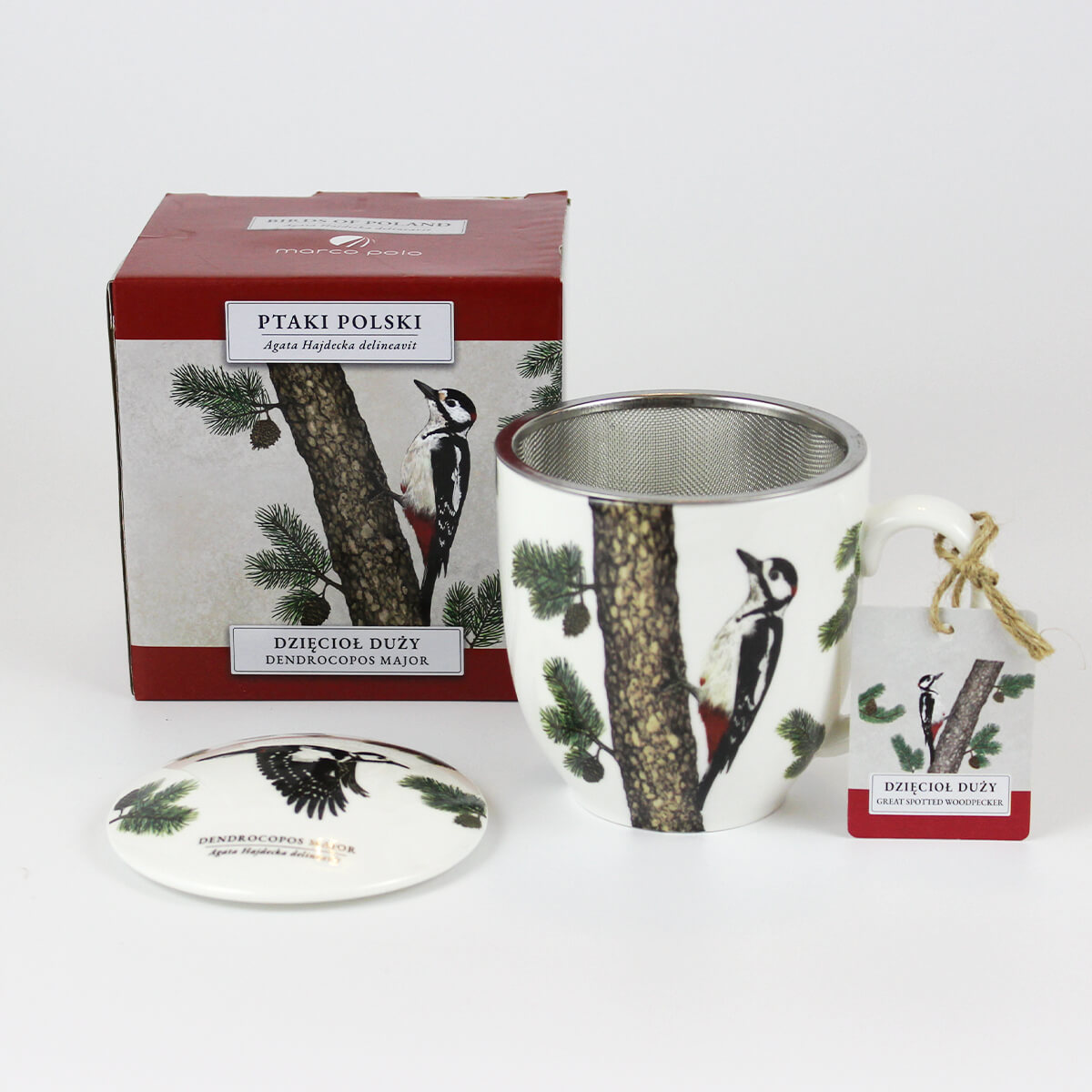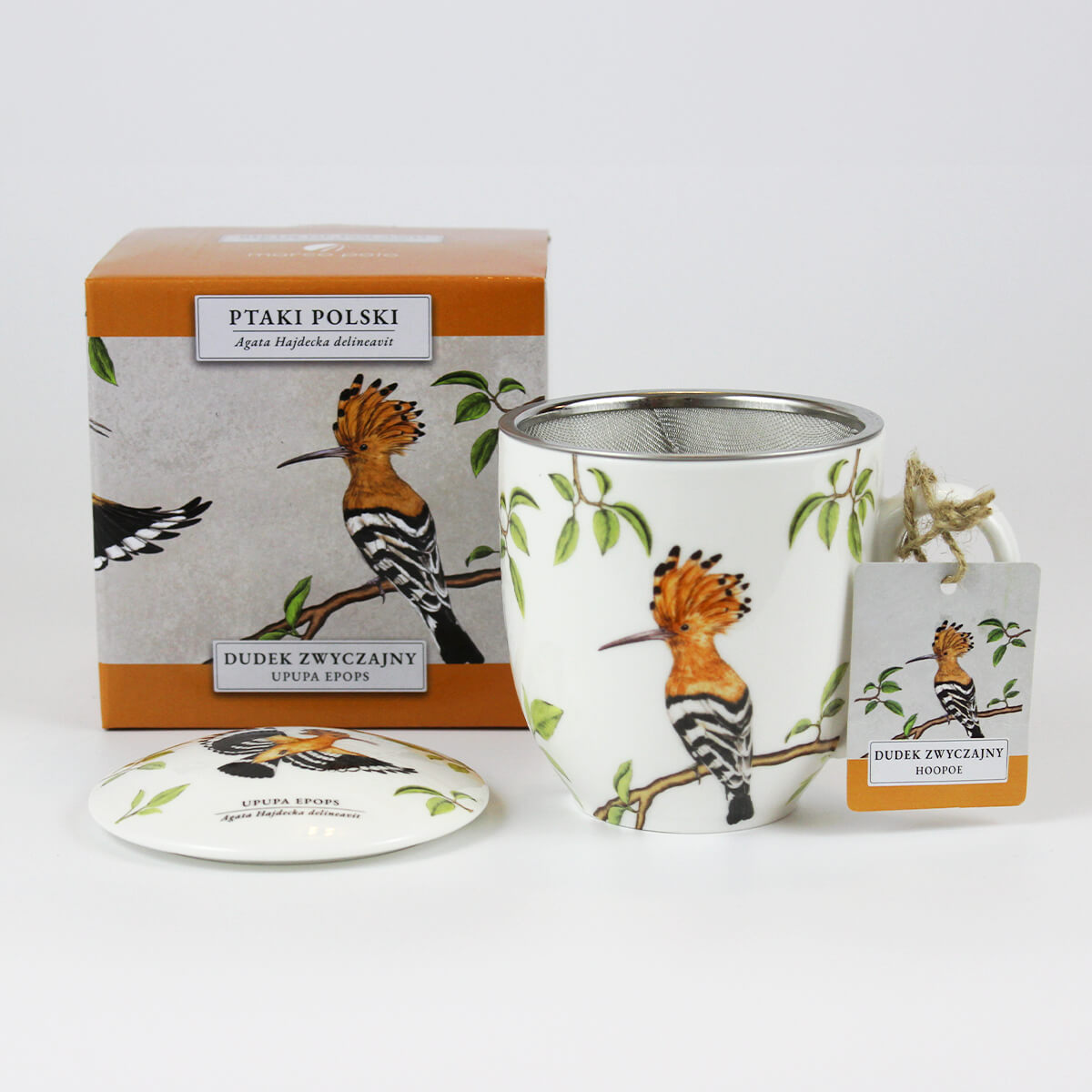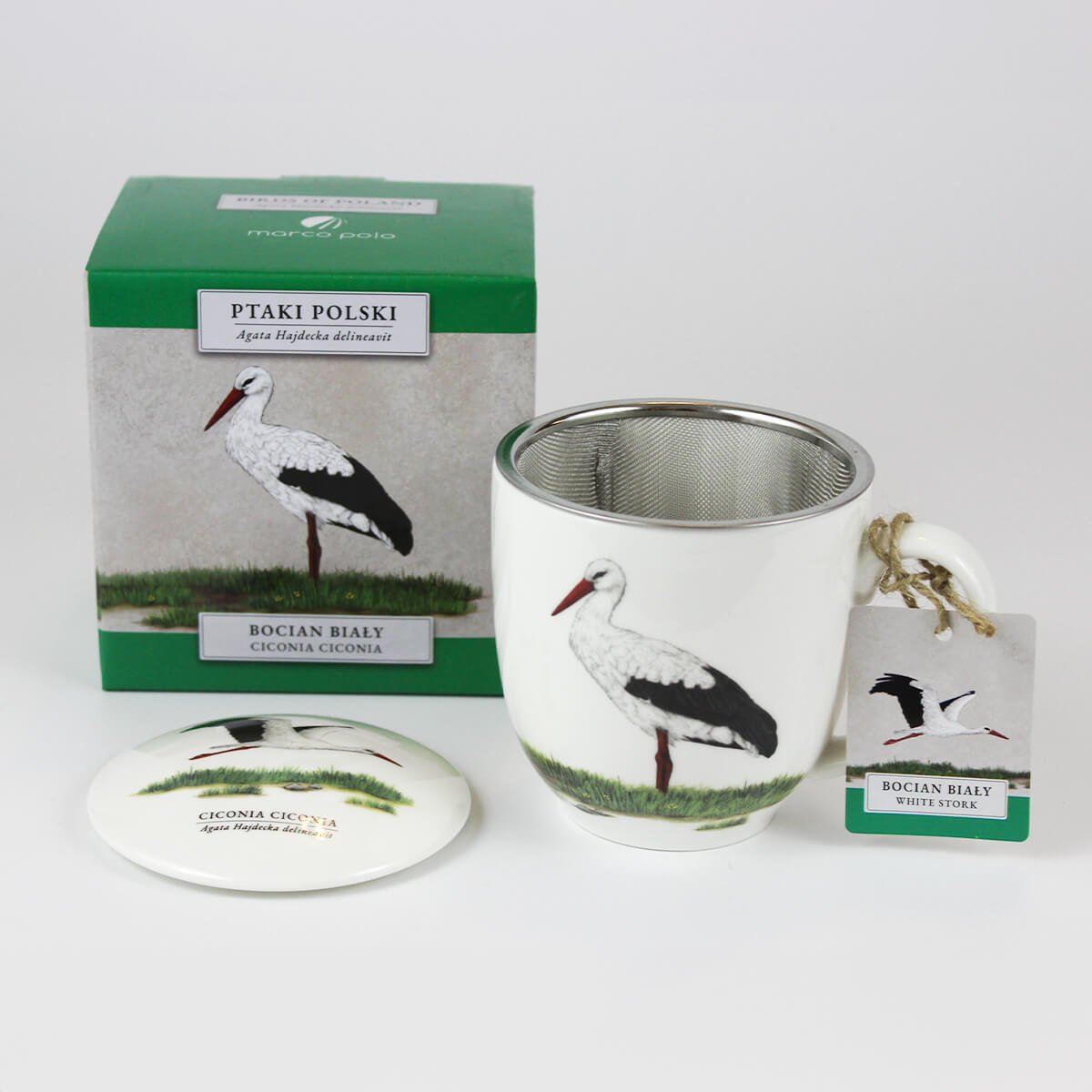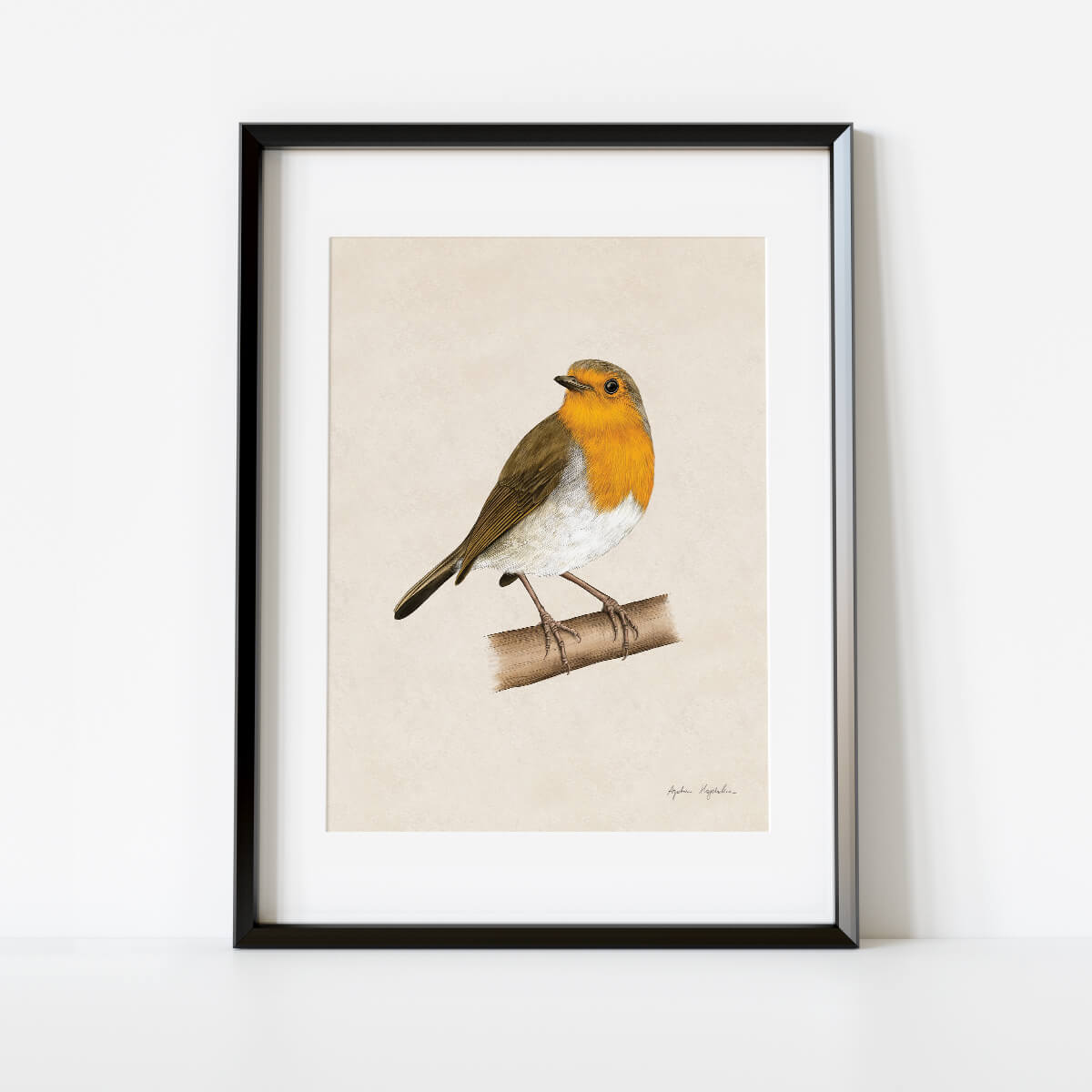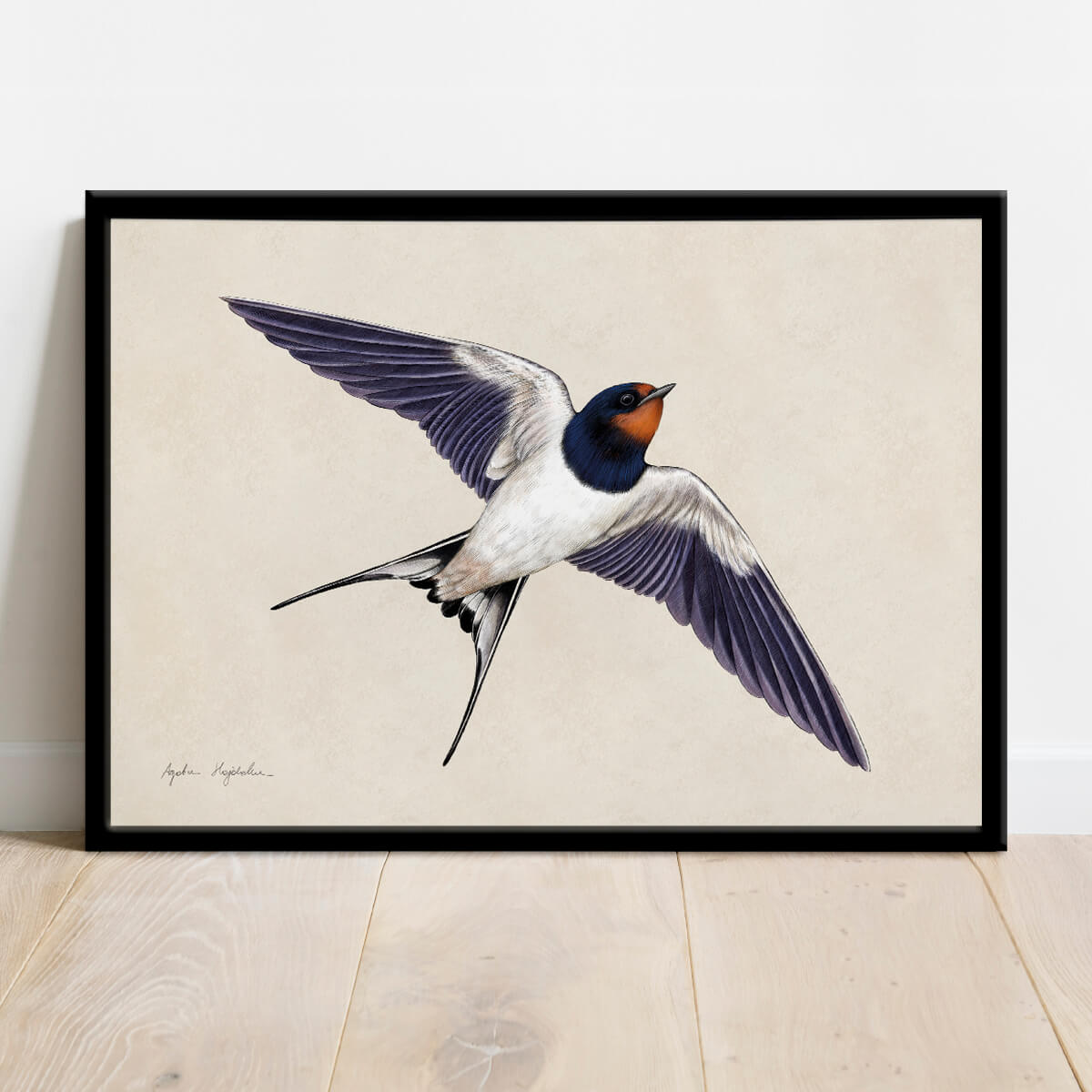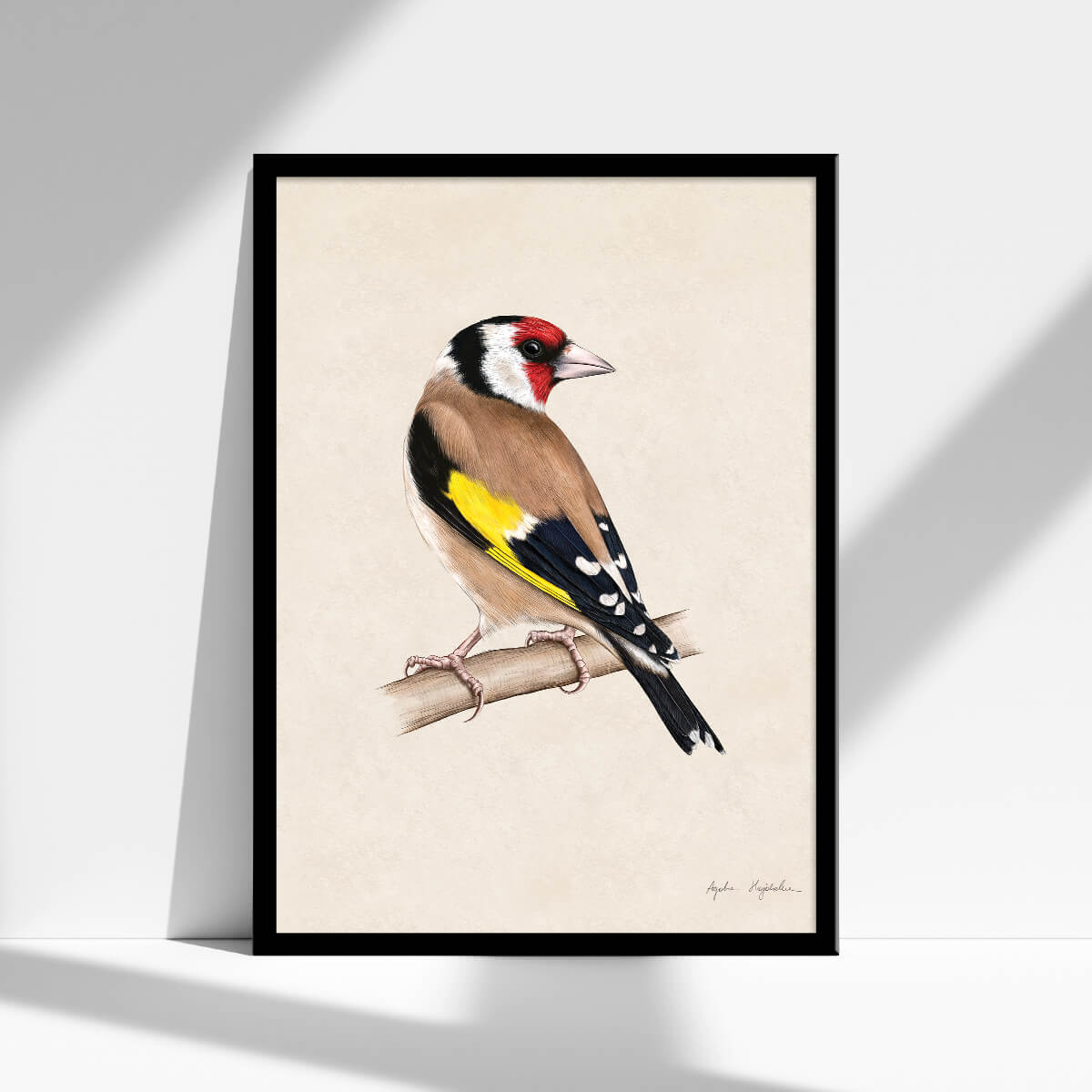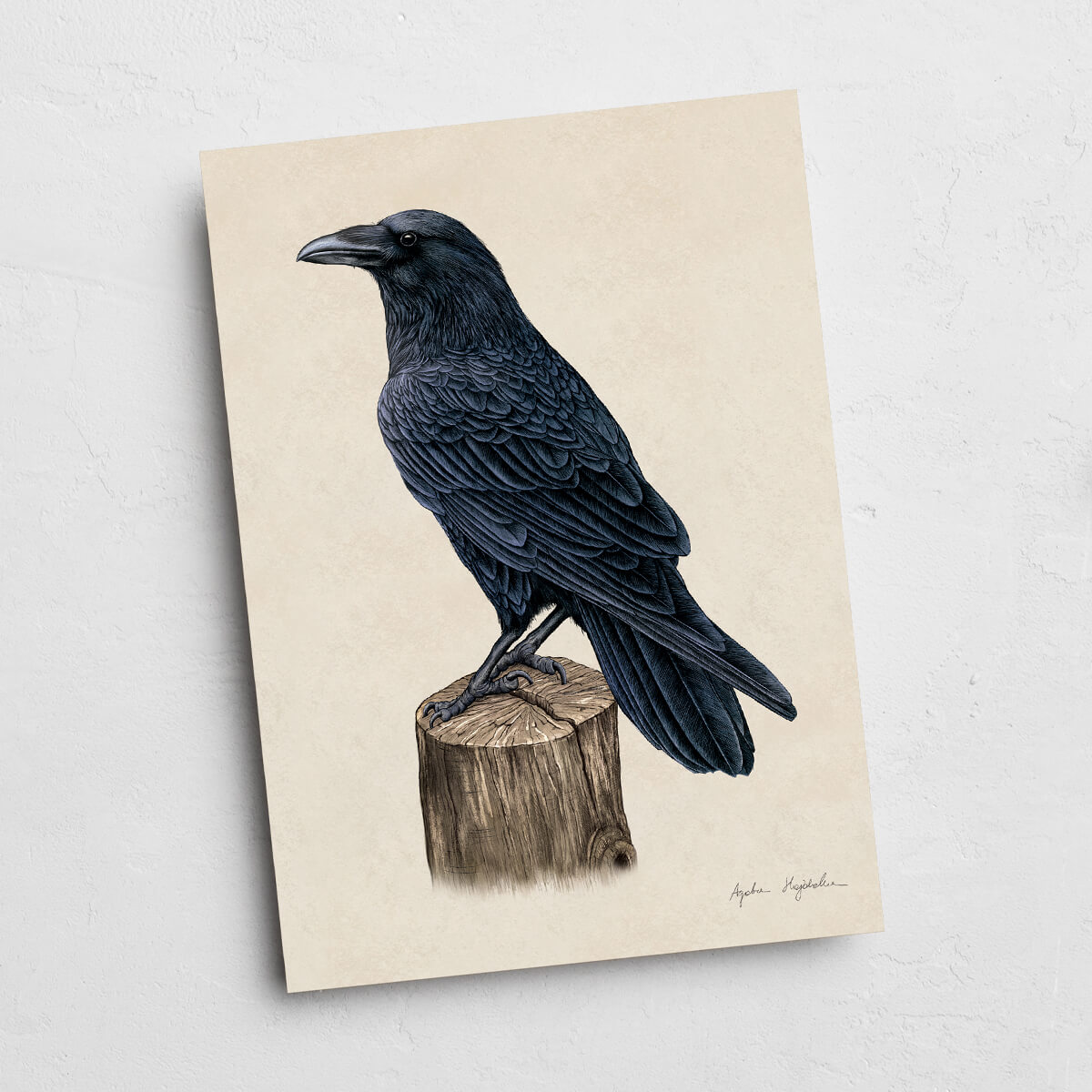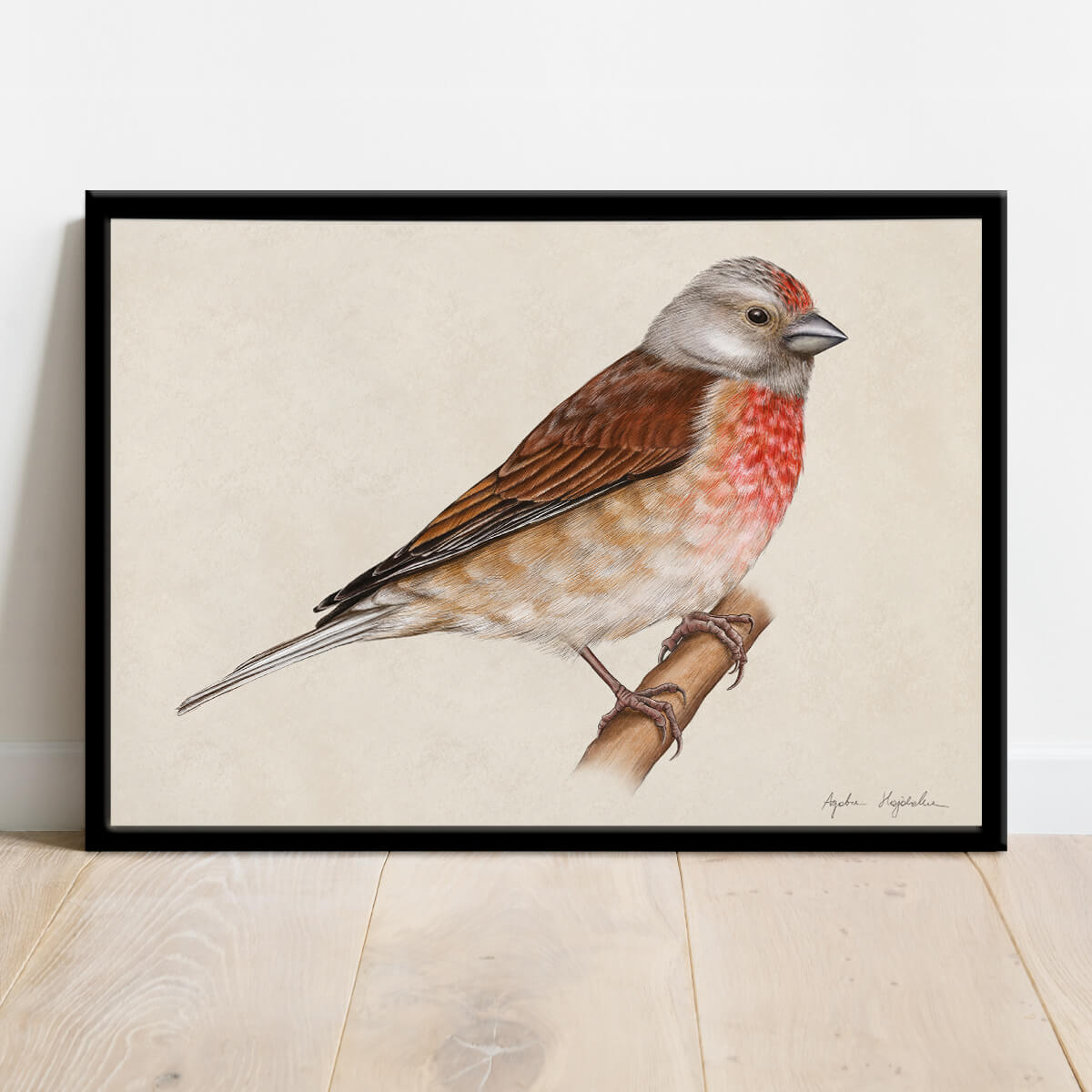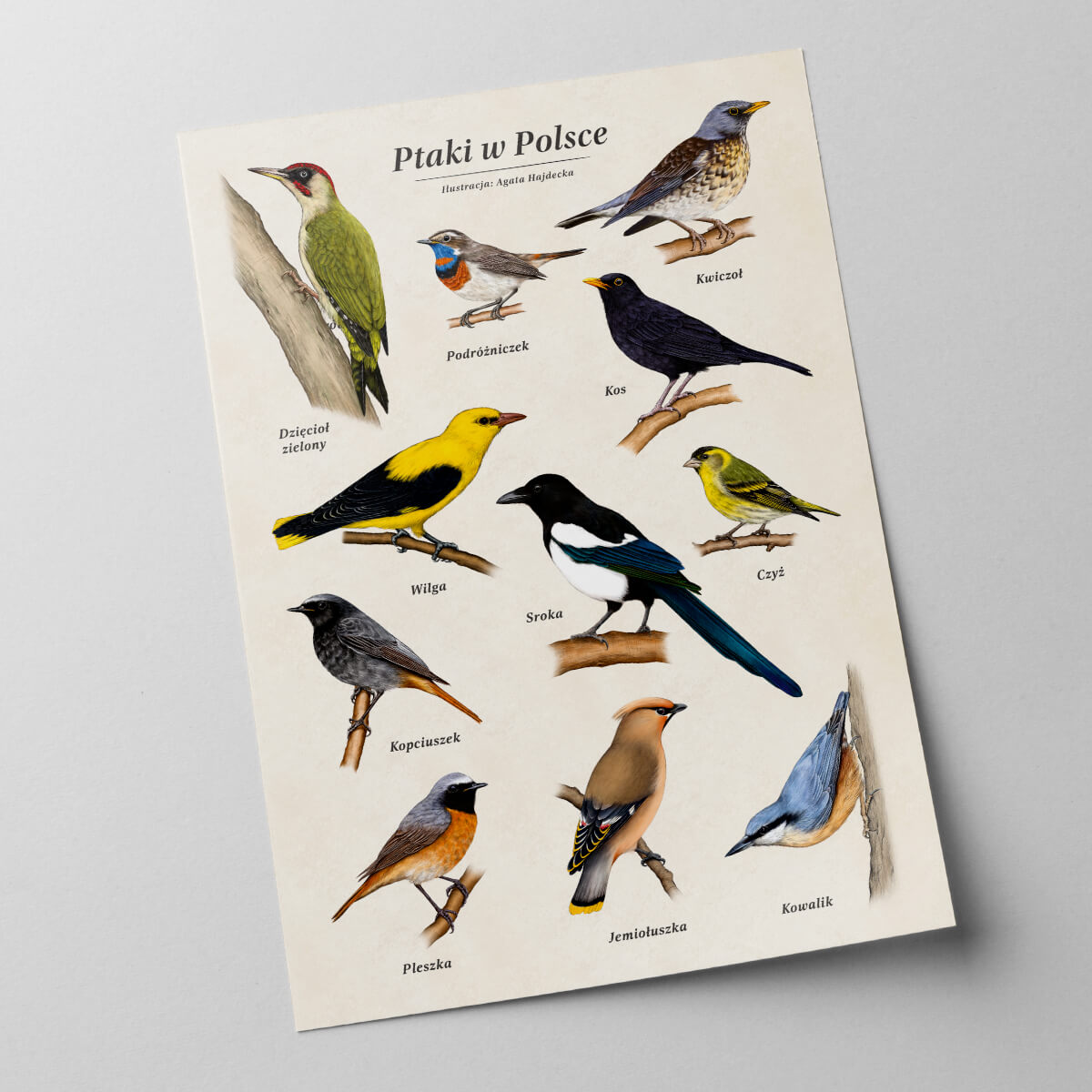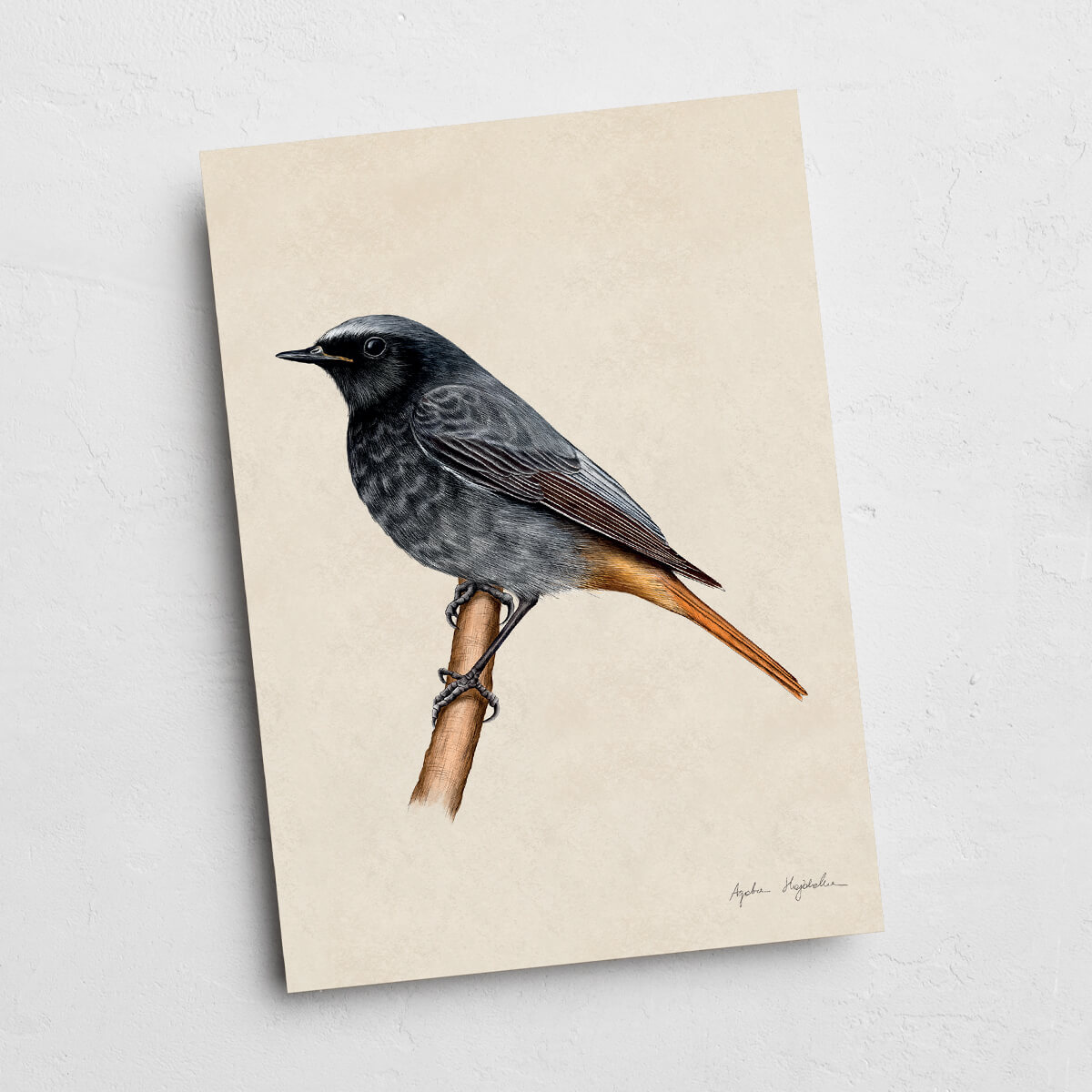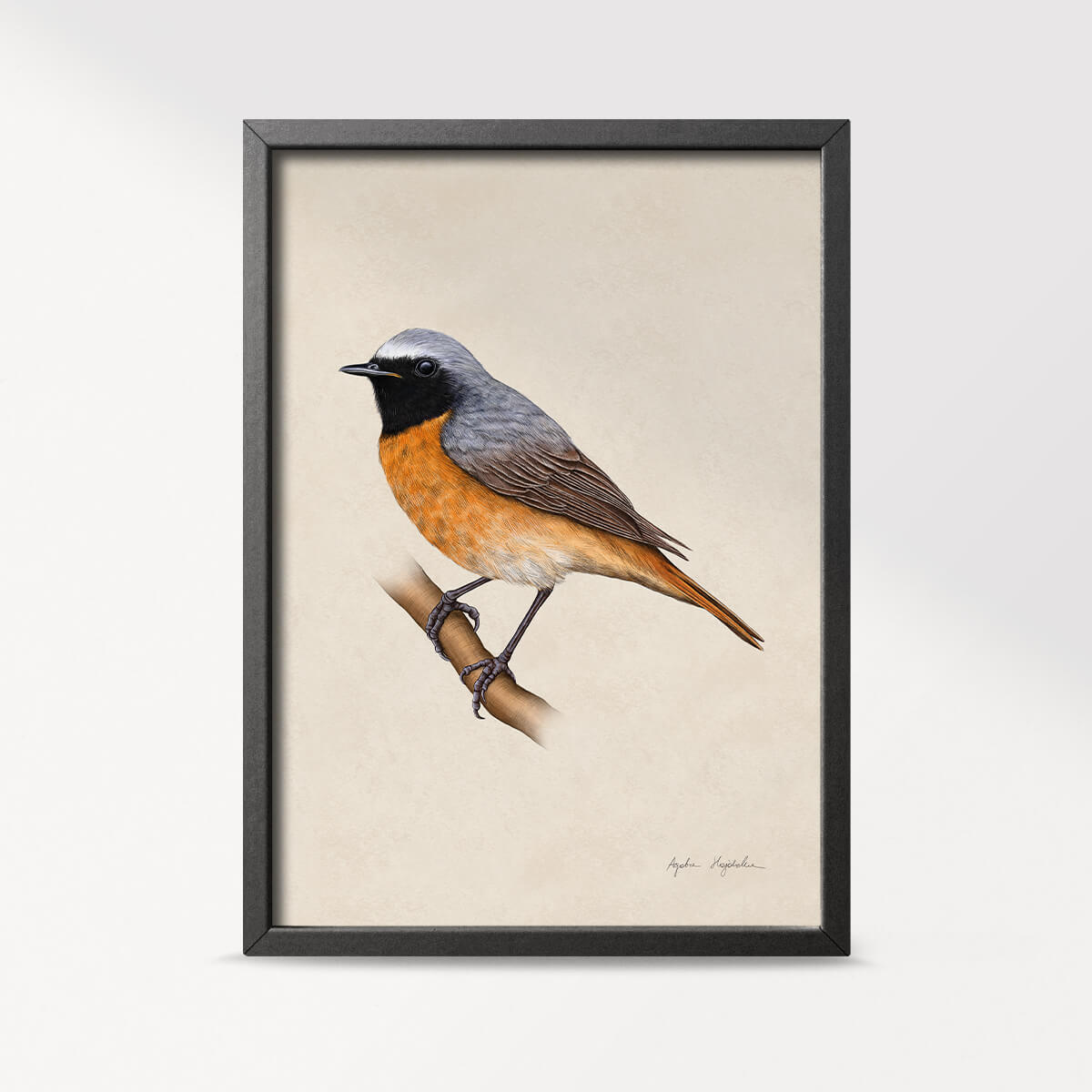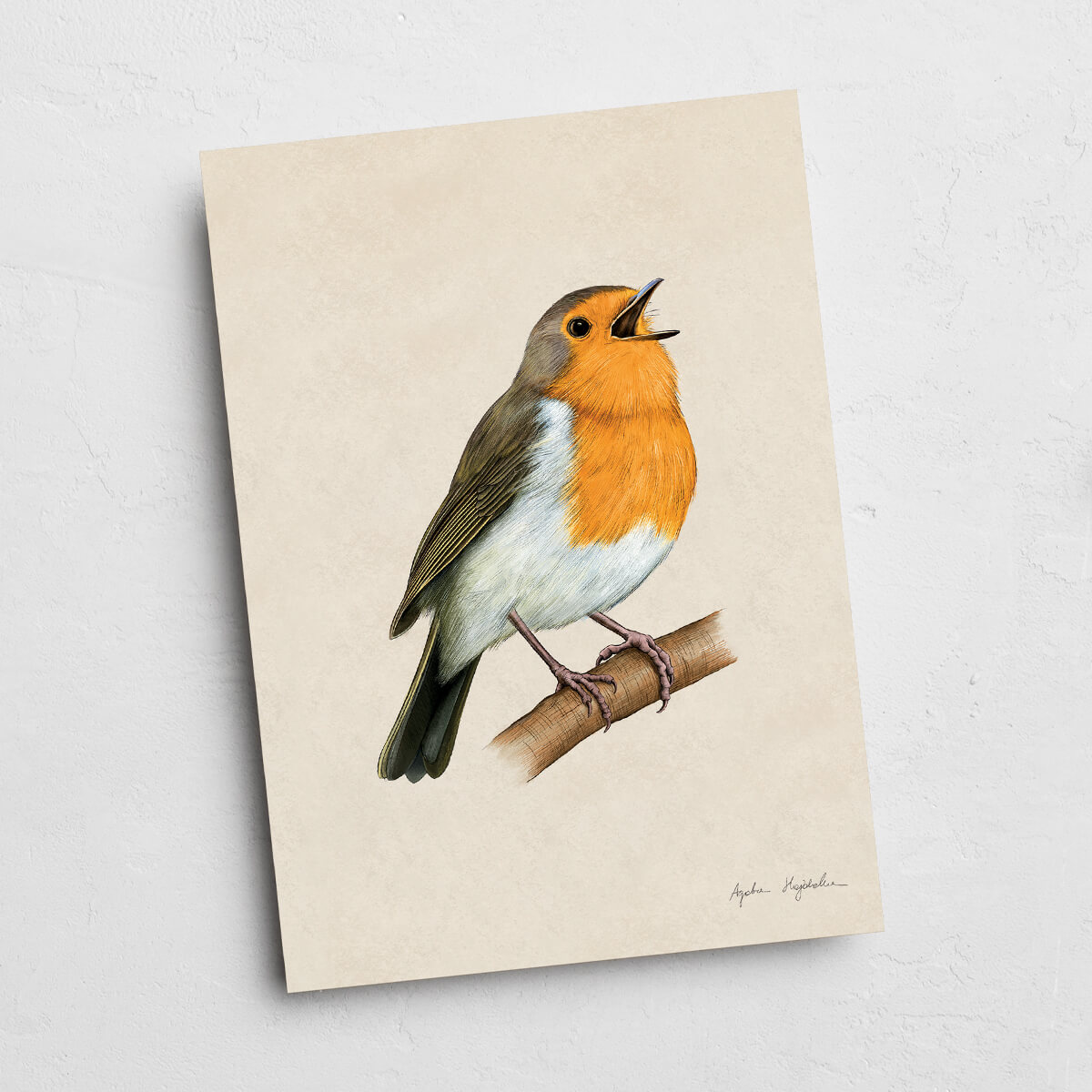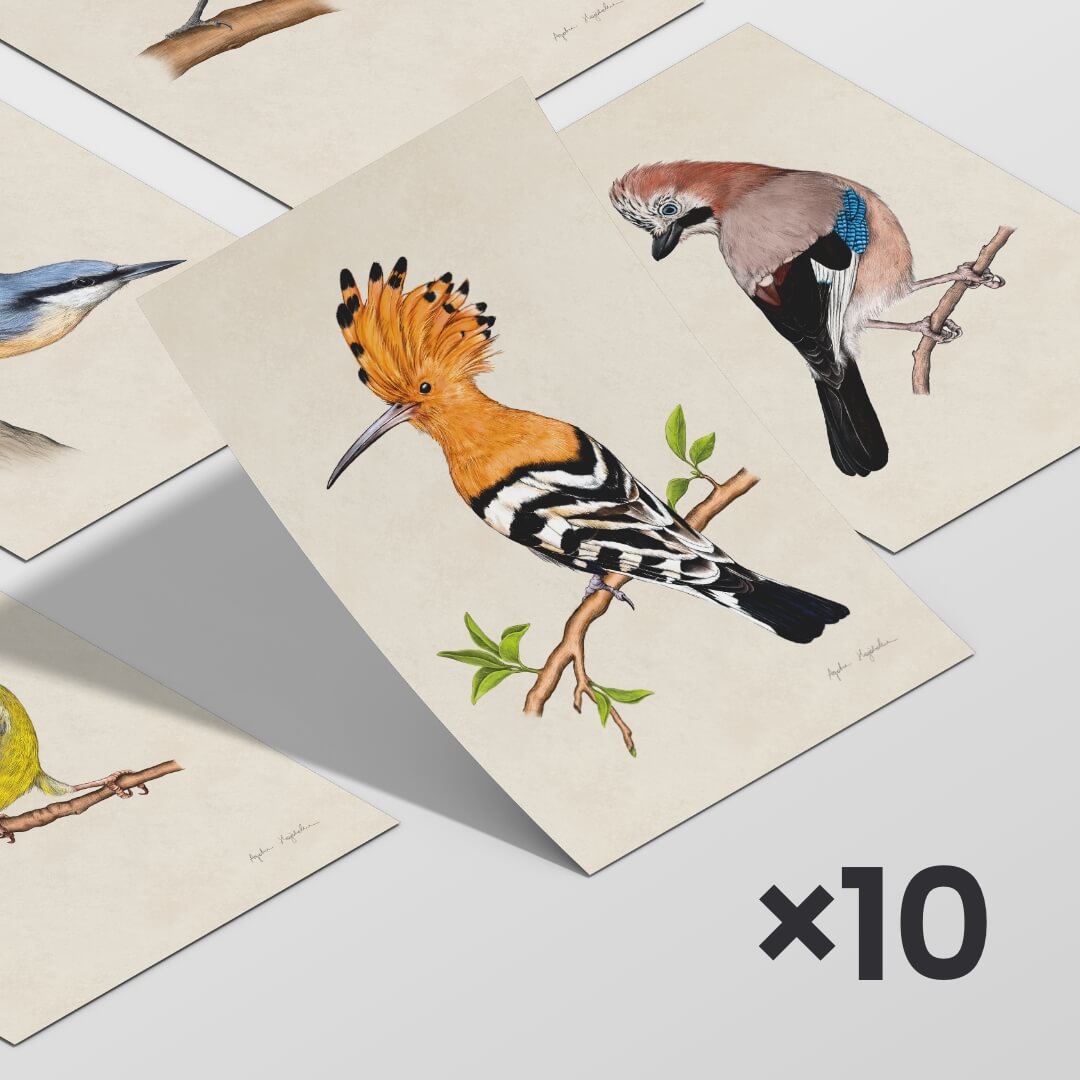- Tukan media
- Explore birds
- Kingfisher
Kingfisher
These small Polish birds are distinguished by their distinctive plumage. What does a kingfisher look like? Its feathers are blue-green, with a turquoise back and a rufous-brown underbelly, cheeks, and a white throat. You can also recognize it by its disproportionately long beak and very short legs and tail. You'll find it near rivers, lakes, and ponds, as that's where it finds its food. The kingfisher hunts for fish and aquatic insects – it's not easy to spot it on a branch as it watches for its prey. When it spots them, it quickly dives into the water to catch them.
The small bird kingfisher - discover its surprising visual abilities!
Although this small colorful bird may appear unassuming, don't be fooled by its charming appearance! It's a hunting master – patiently perched on a branch, it steadfastly observes the water's surface. And when it spots an approaching fish, it swiftly dives towards it, seizing it in its long beak moments later. It treats its prey rather roughly – to immobilize the victim, it strikes it against the branch several times, before consuming it. The structure of the kingfisher's eye is particularly noteworthy – due to its dietary preferences, it must have excellent vision both above and below water. Nature has ingeniously solved this challenge by equipping this bird with two yellow spots that facilitate acute vision and a flexible lens, allowing the kingfisher to accurately judge distances. In the bird's retinas, there are droplets of fatty substances containing pigments that reduce the blinding glare of light reflected off the water's surface.
Kingfisher – interesting facts about this beautifully feathered bird
- These colorful birds require clean, clear waters for their survival, and it is in such areas that kingfishers are to be found. Due to their strict territorial needs, these birds fiercely defend their inhabited areas – to the extent that they are capable of drowning intruders! During fights, they hold the opponent's head underwater.
- Are you wondering whether the kingfisher migrates for the winter? Kingfishers are actually wintering birds in Poland – during this period, you can find them near unfrozen rivers. It's precisely then that they are most easily noticeable, as their colorful plumage stands out against the backdrop of leafless trees.
- The origin of the Polish name "zimorodek" is ambiguous – some believe it stems from the period when these birds are born, which happens during the winter. Others, on the other hand, think that they were once called "ziemiorodki" because they create their nests in burrows dug into rocky riverbanks.
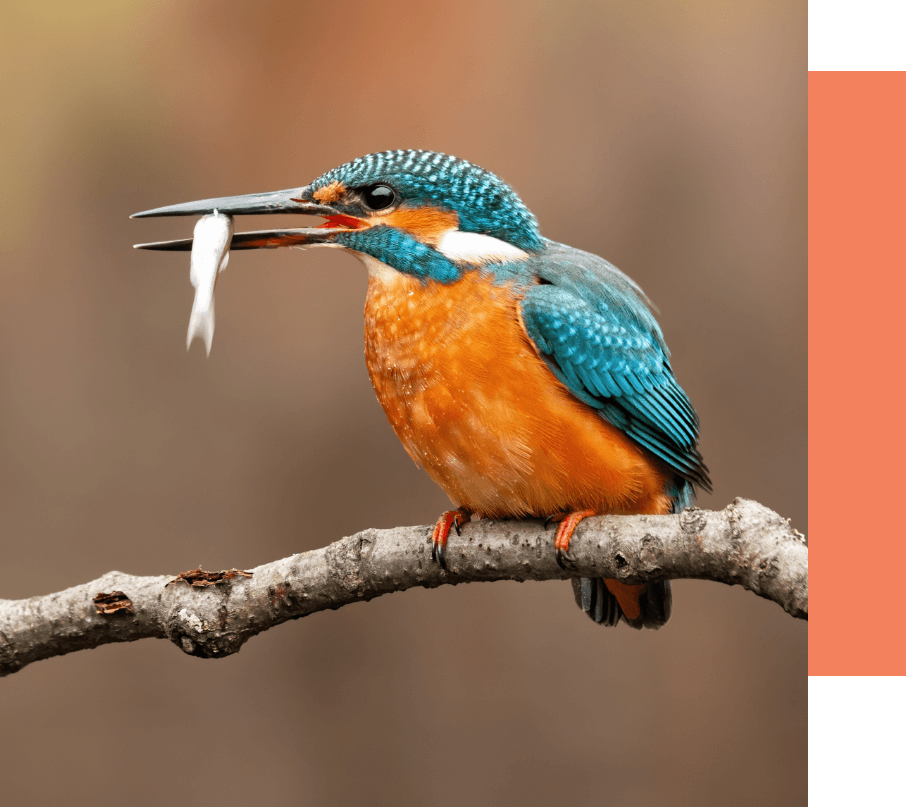
Listen to the voice
Gadgets with kingfisher illustrations
Since you already know what the kingfisher bird looks like and are familiar with the key information about it, check out the merchandise featuring the image of this bird available in my offer. Decorate your interior with a unique bird painting, an educational poster, or treat yourself to a kingfisher mug!
View products with the kingfisher
553.00 zł 499.00 zł
400.00 zł 375.00 zł
464.00 zł 439.00 zł
237.00 zł 225.00 zł
150.00 zł 143.00 zł
174.00 zł 165.00 zł
79.00 zł
89.00 zł
600.00 zł 500.00 zł
120.00 zł – 270.00 zł
135.00 zł 129.00 zł
360.00 zł 340.00 zł
60.00 zł – 120.00 zł
20.00 zł – 120.00 zł
20.00 zł – 120.00 zł
20.00 zł – 120.00 zł
Kingfisher - Additional Information
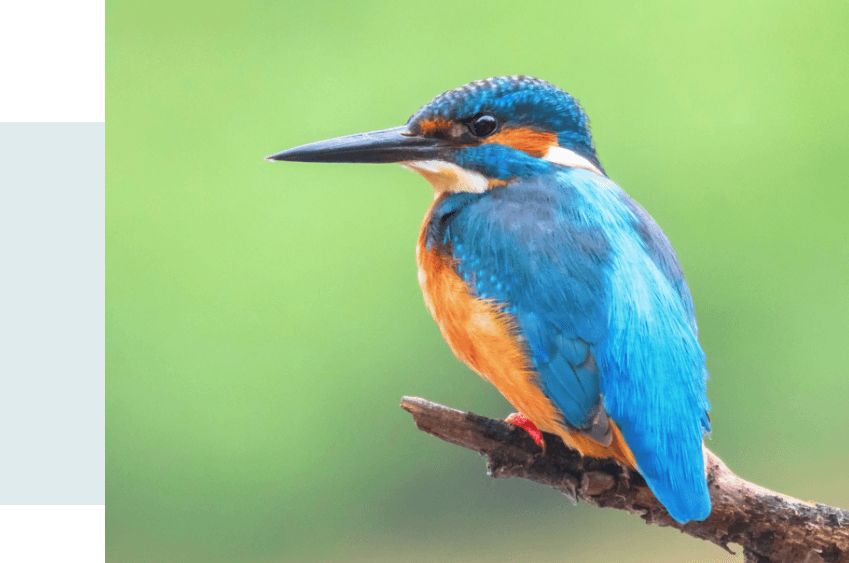
Kingfisher
Alcedo atthis
Family
Kingfishers
Locations of Occurrence
The entire lowland area of the country
Food
Small fish and aquatic insects
Population
A rare breeding bird
Migrations
Resident
Breeding
6-8 white eggs. Incubation: 18-21 days. Young birds achieve flight after 23-27 days
See other products with birds
89.00 zł
89.00 zł
20.00 zł – 120.00 zł
20.00 zł – 120.00 zł
20.00 zł – 120.00 zł
60.00 zł – 120.00 zł
20.00 zł – 120.00 zł
20.00 zł – 120.00 zł
20.00 zł – 120.00 zł
267.00 zł 230.00 zł
553.00 zł 499.00 zł
400.00 zł 375.00 zł
464.00 zł 439.00 zł
237.00 zł 225.00 zł
150.00 zł 143.00 zł
174.00 zł 165.00 zł
89.00 zł
50.00 zł
50.00 zł
58.00 zł
79.00 zł
79.00 zł
79.00 zł
79.00 zł
79.00 zł
50.00 zł
50.00 zł
50.00 zł
50.00 zł
50.00 zł
89.00 zł
89.00 zł
20.00 zł – 120.00 zł
20.00 zł – 120.00 zł
20.00 zł – 120.00 zł
20.00 zł – 120.00 zł
89.00 zł
20.00 zł – 120.00 zł
20.00 zł – 120.00 zł
60.00 zł – 120.00 zł
20.00 zł – 120.00 zł
20.00 zł – 120.00 zł
20.00 zł – 120.00 zł
600.00 zł 500.00 zł
160.00 zł – 320.00 zł
450.00 zł 400.00 zł






